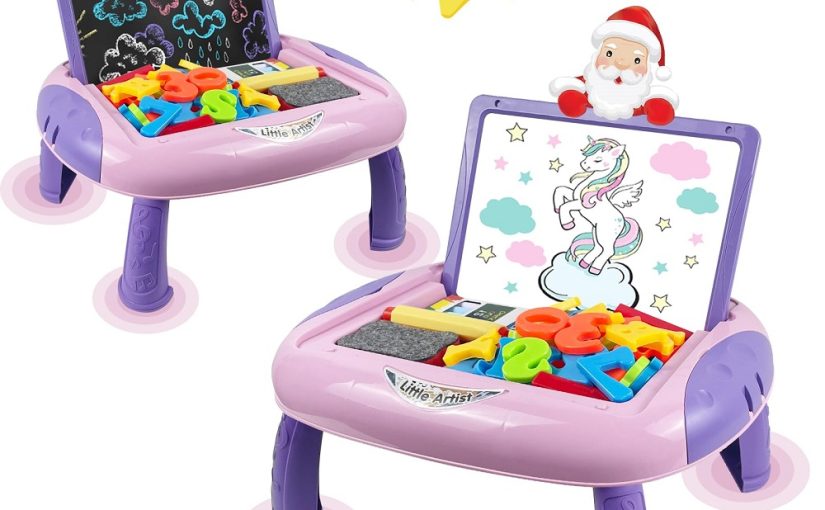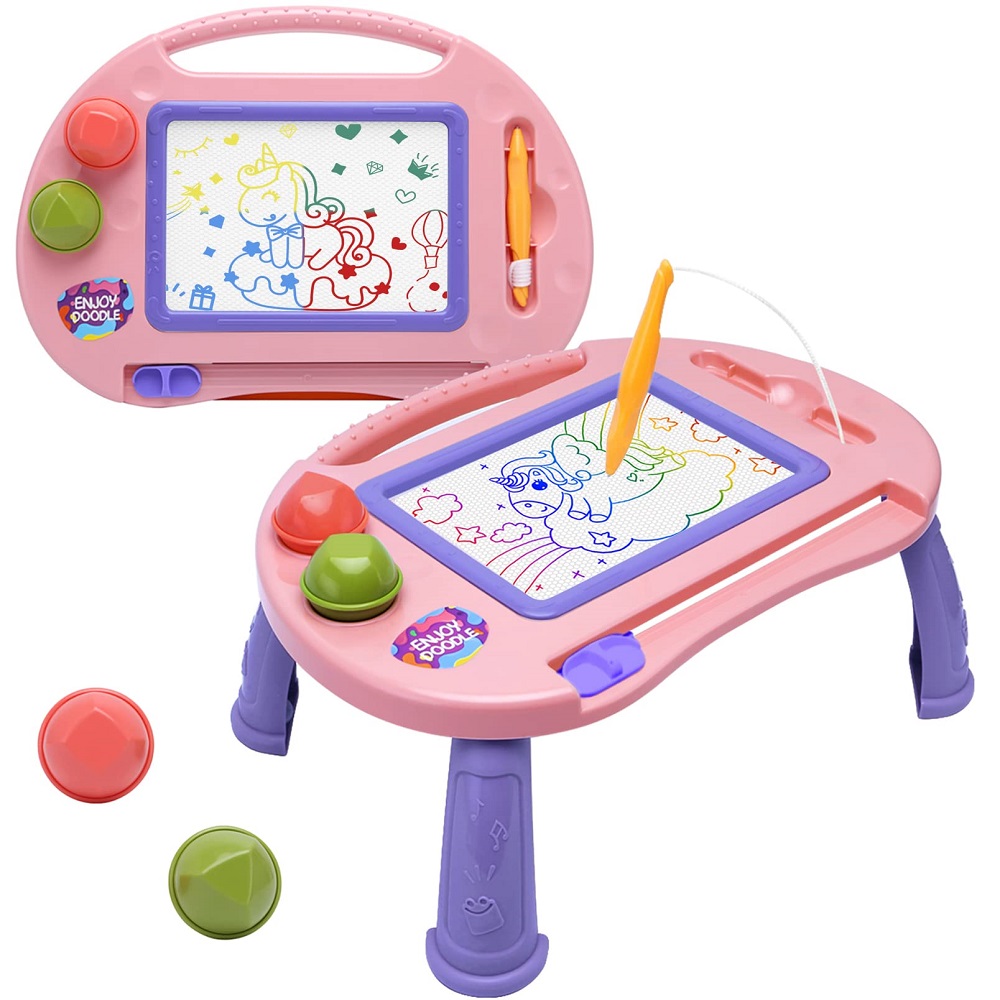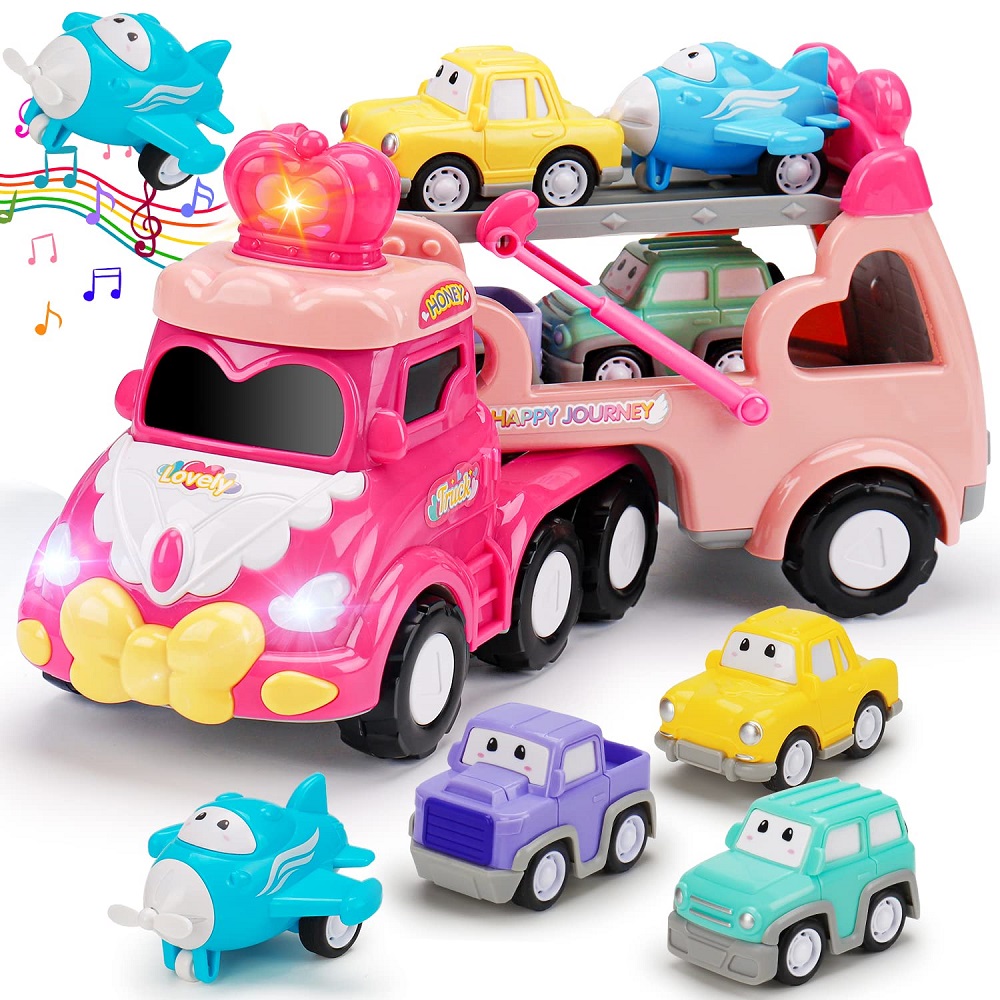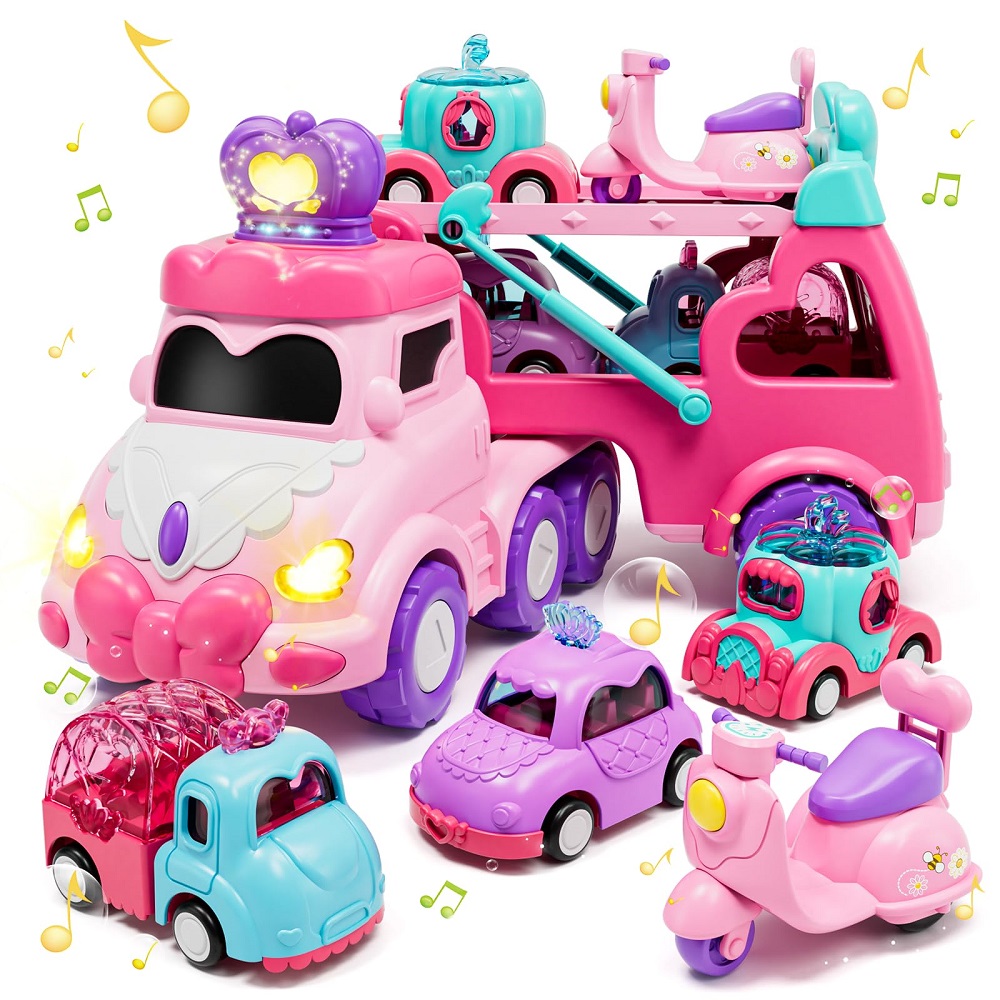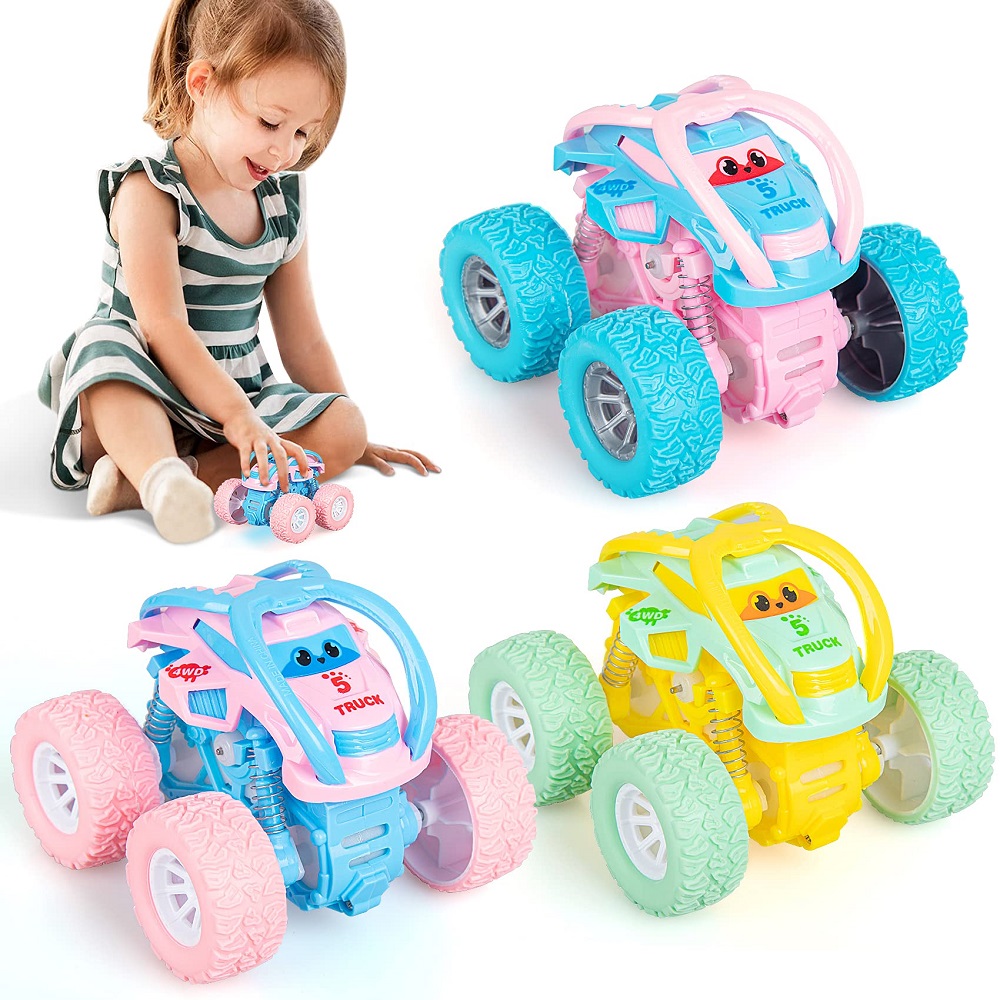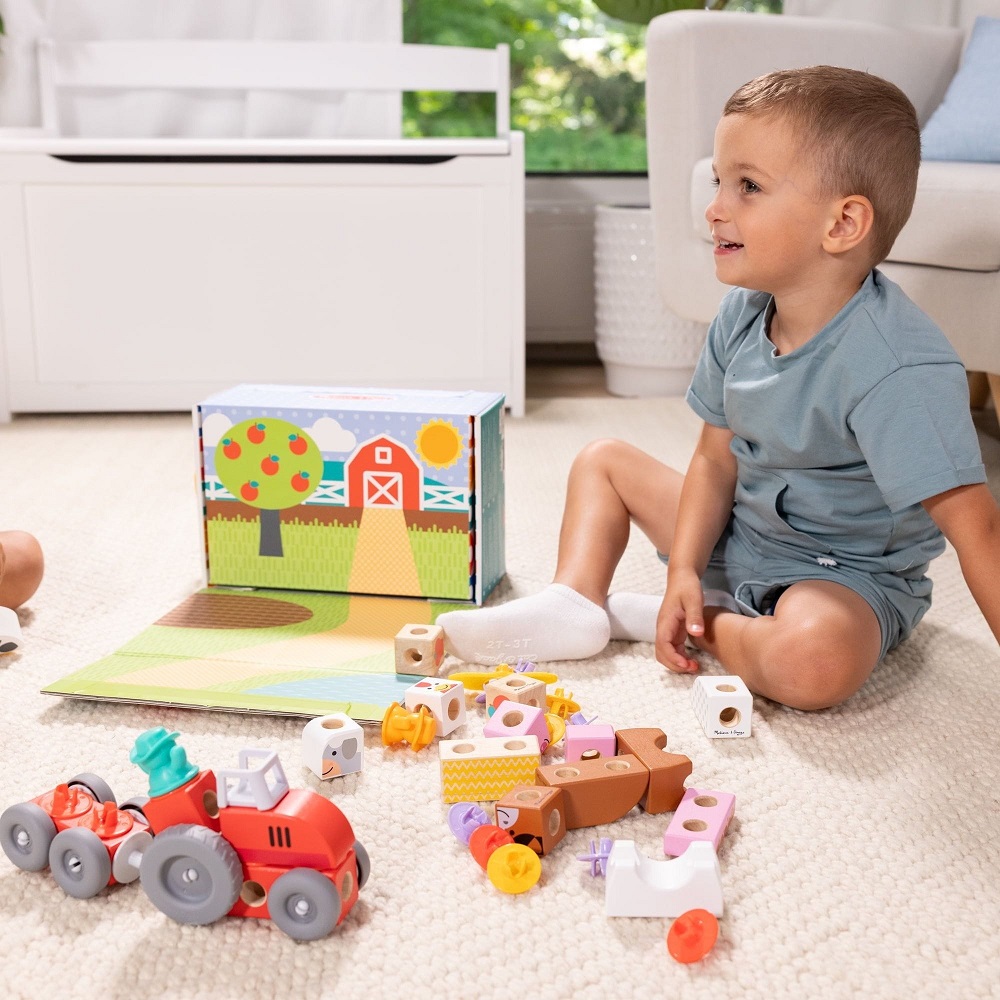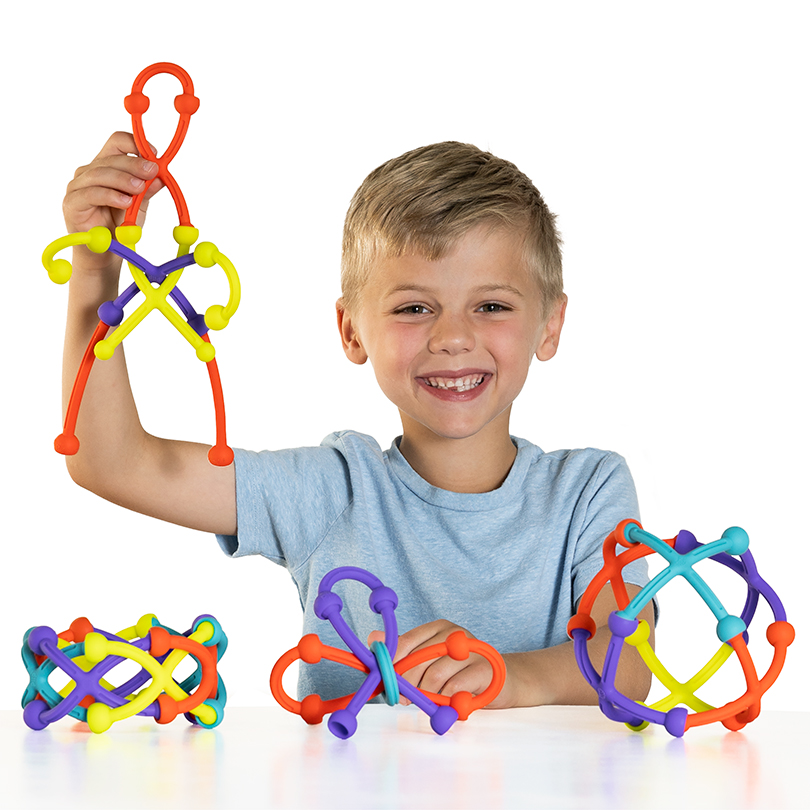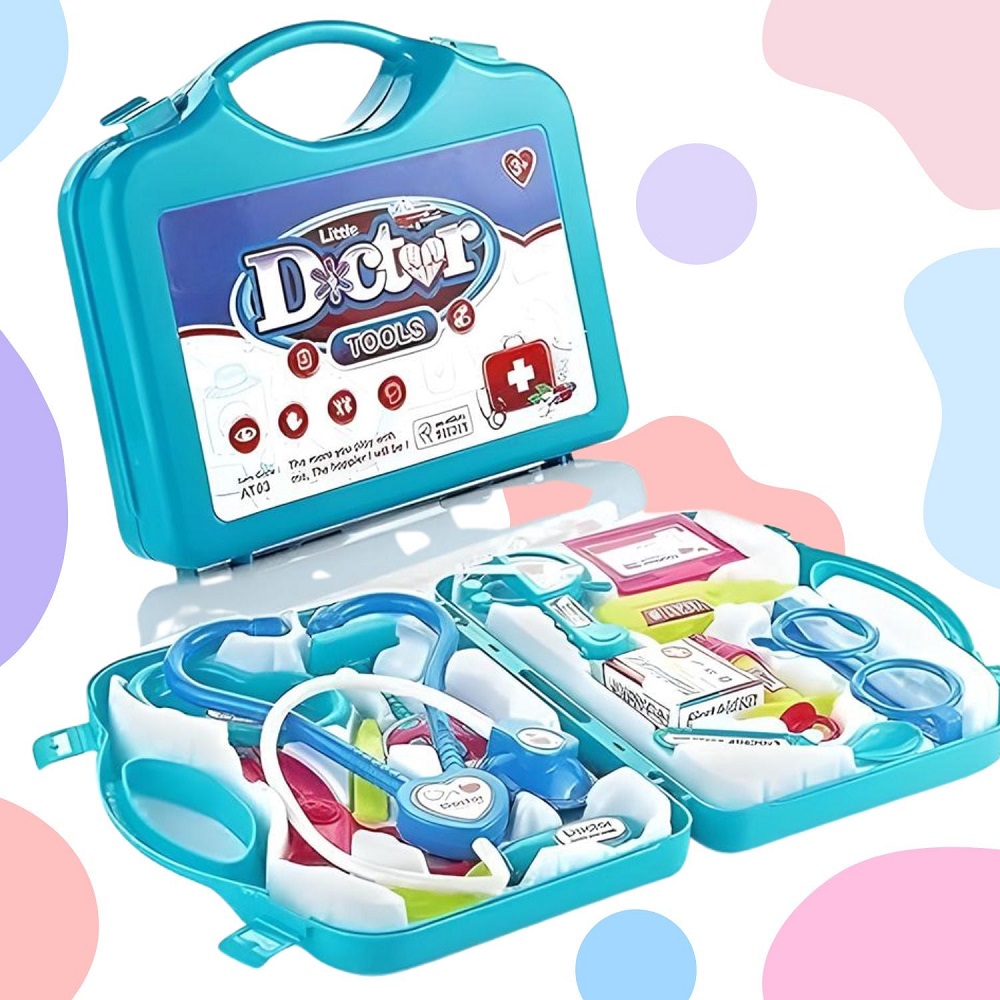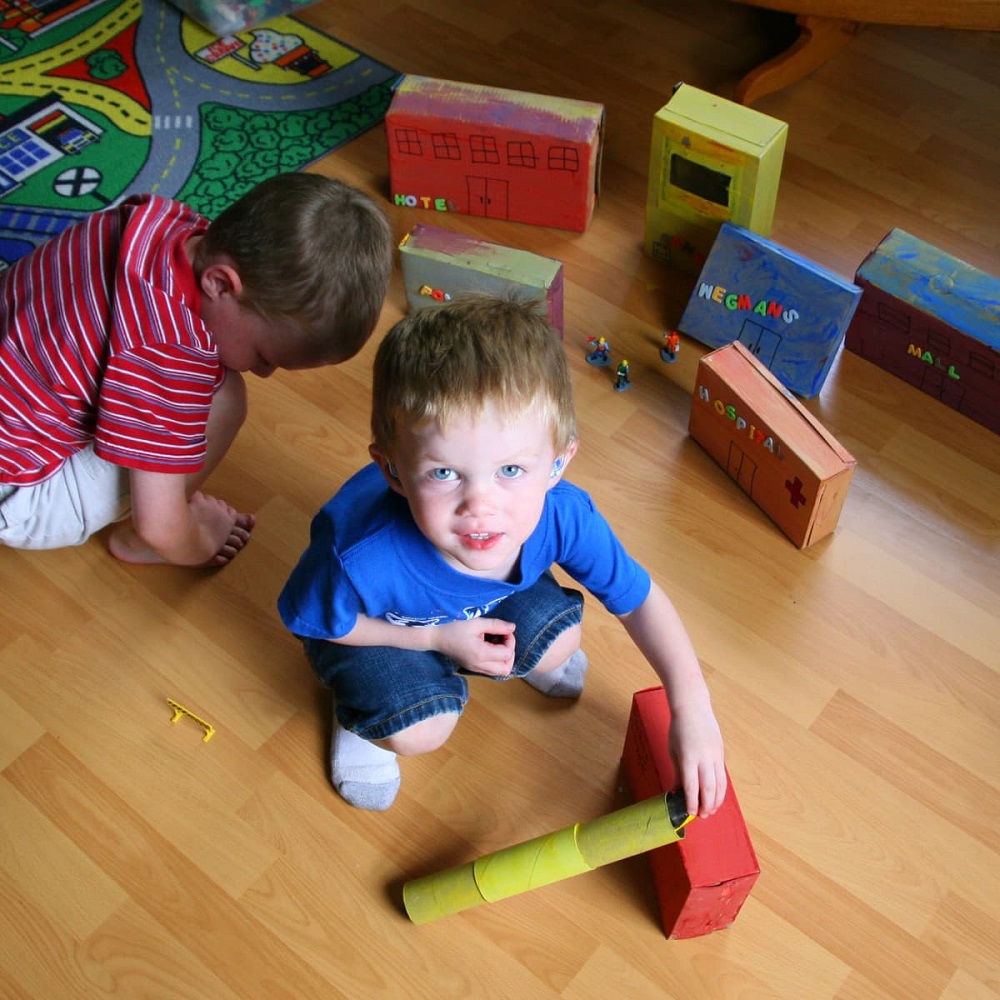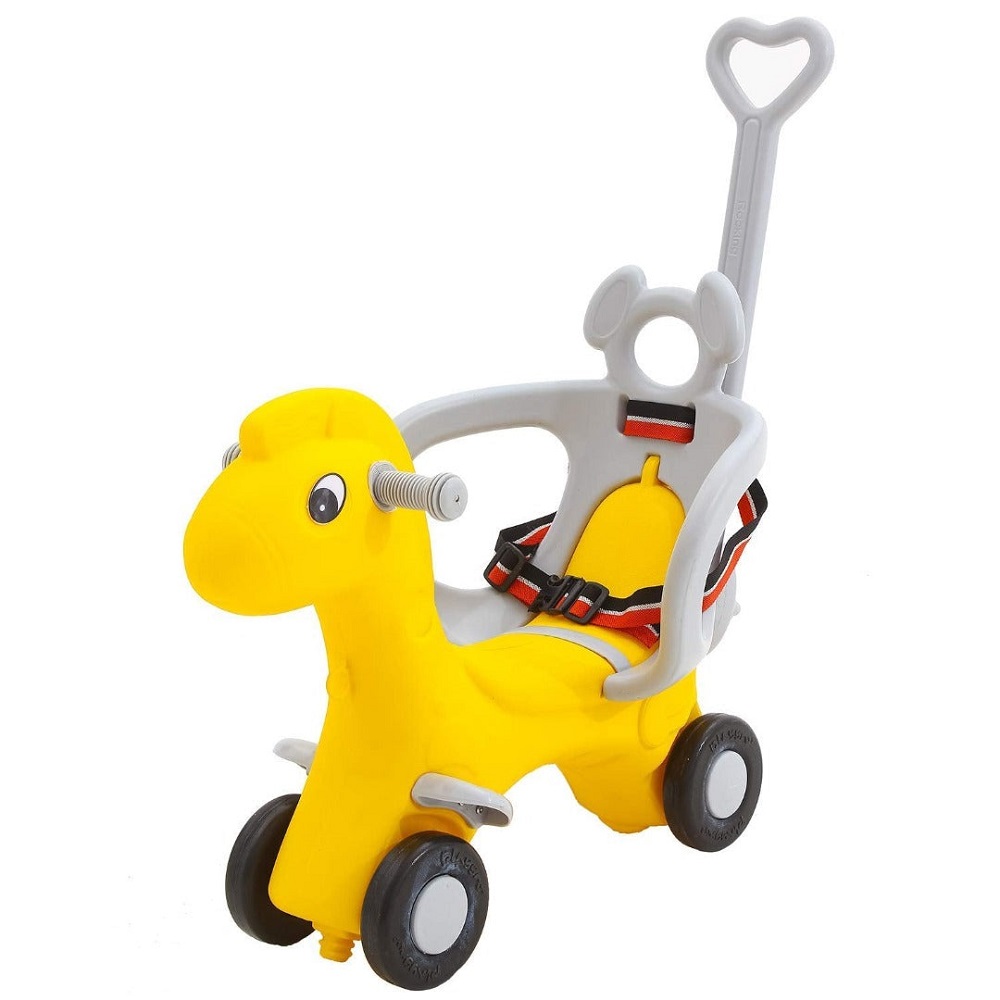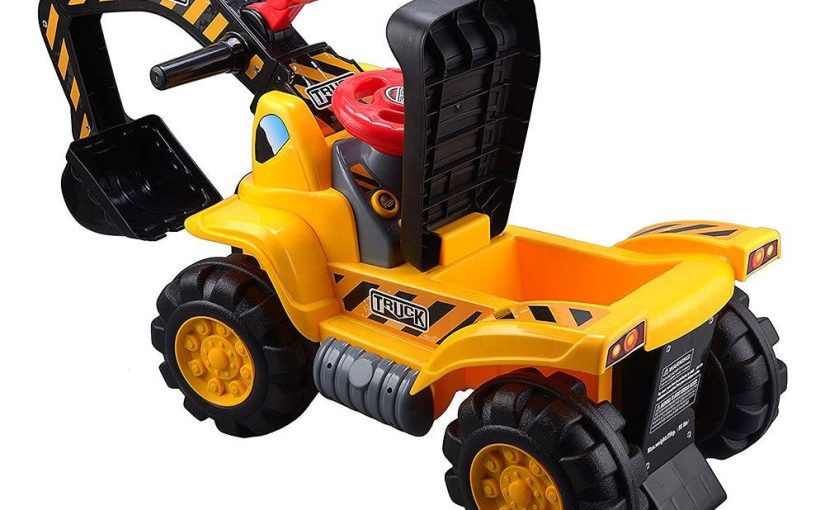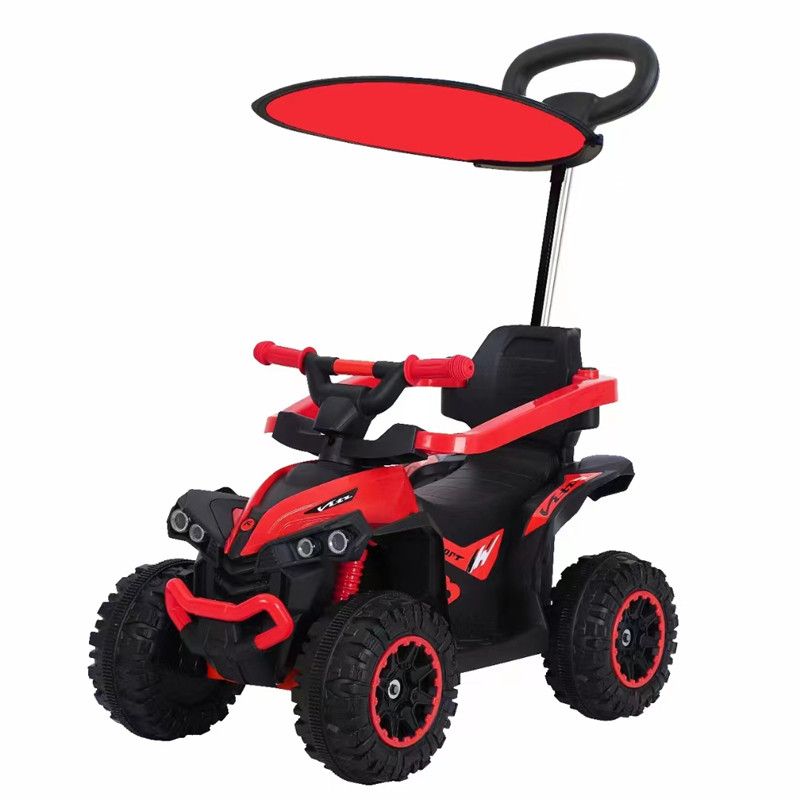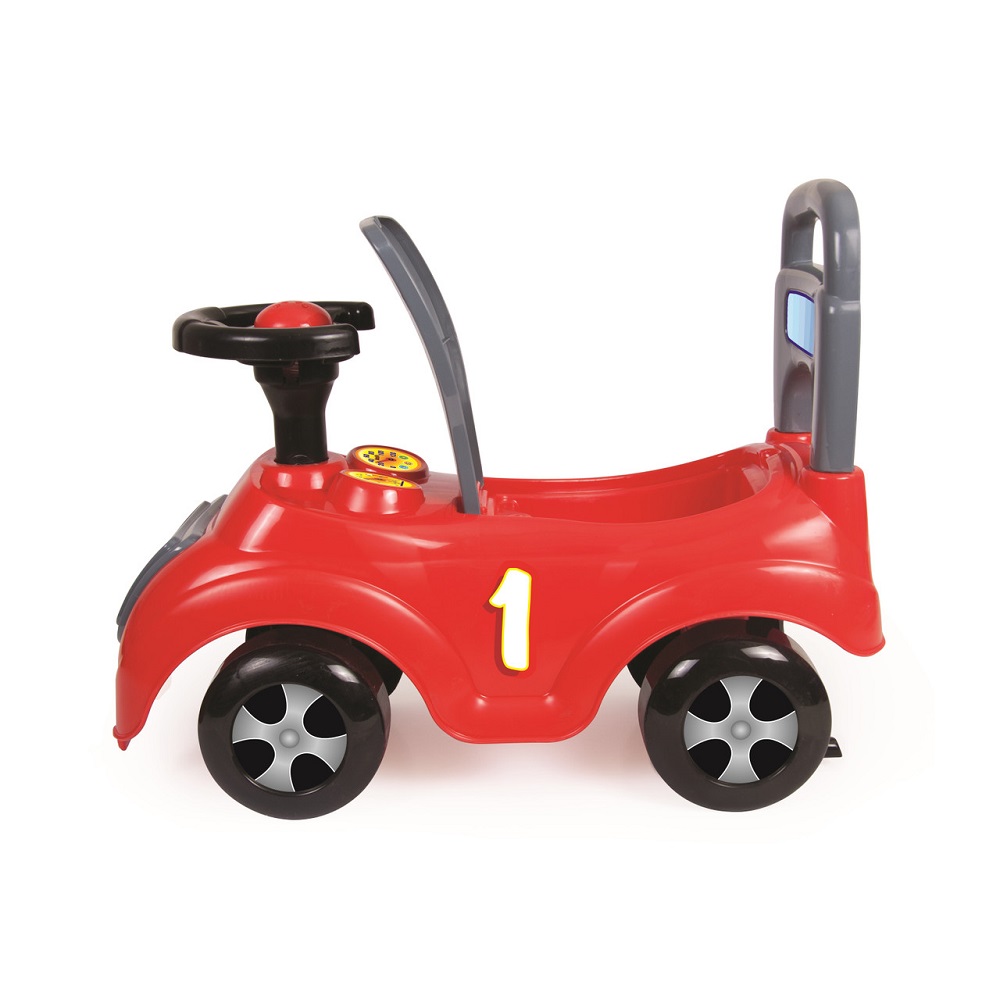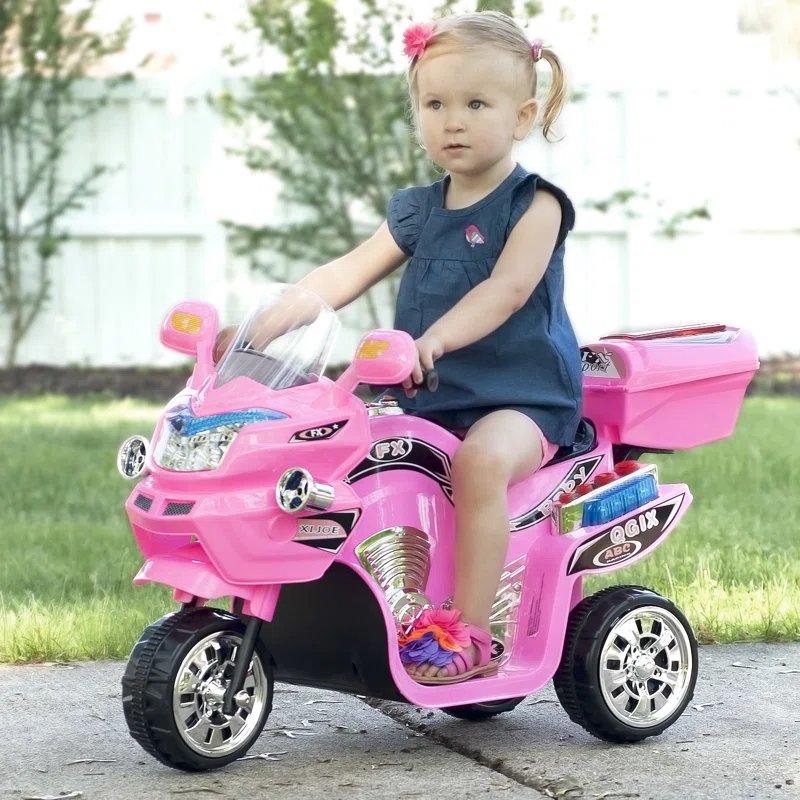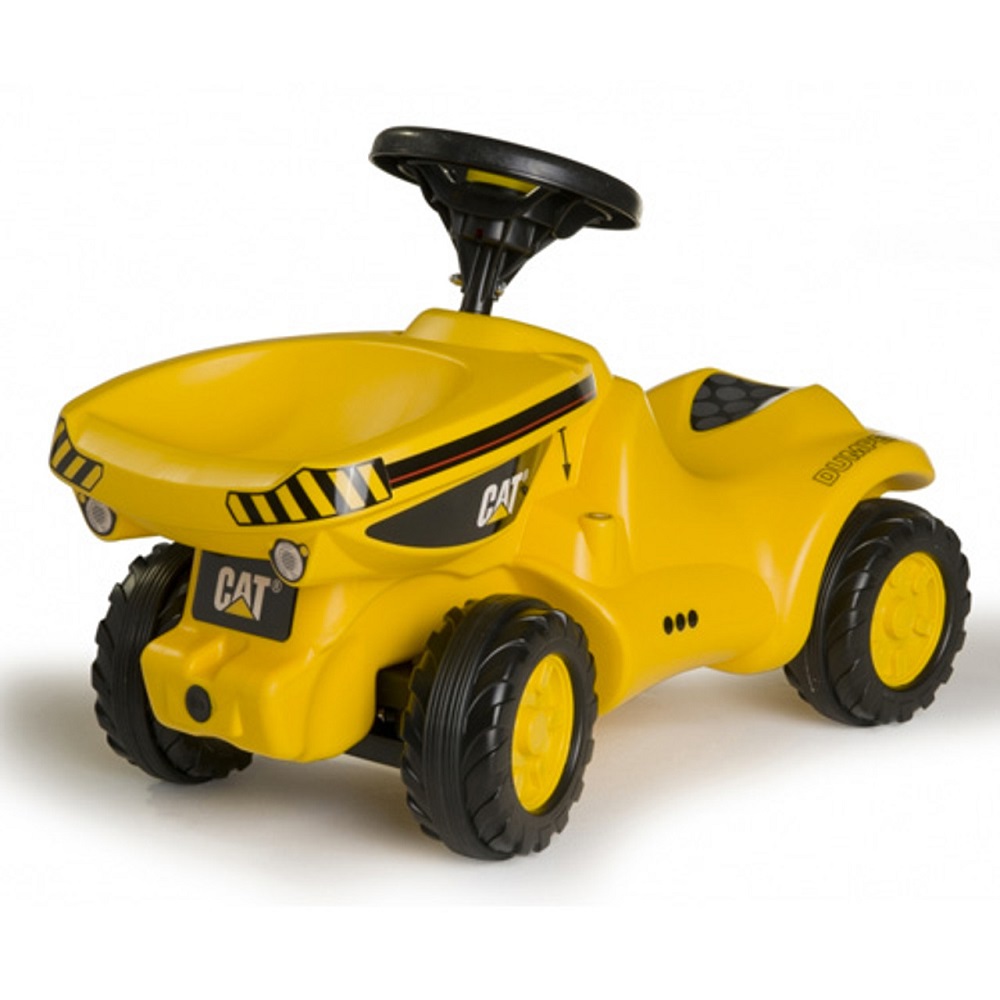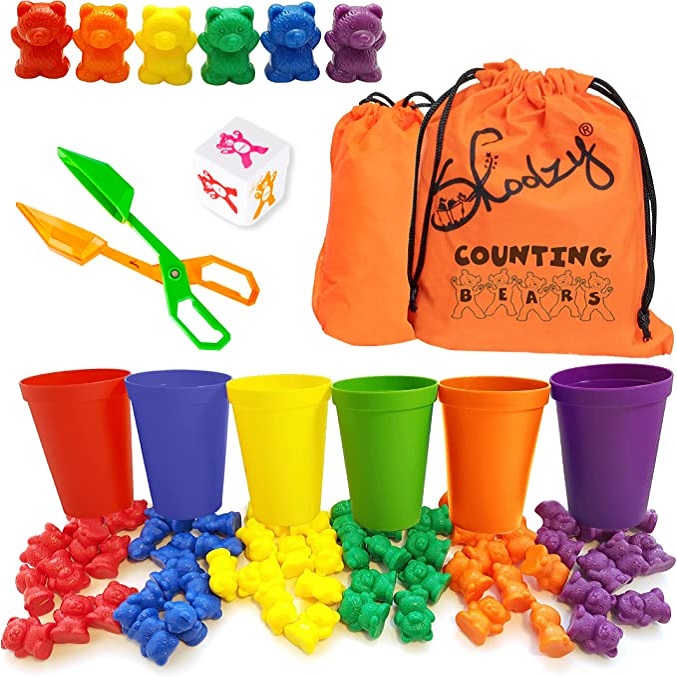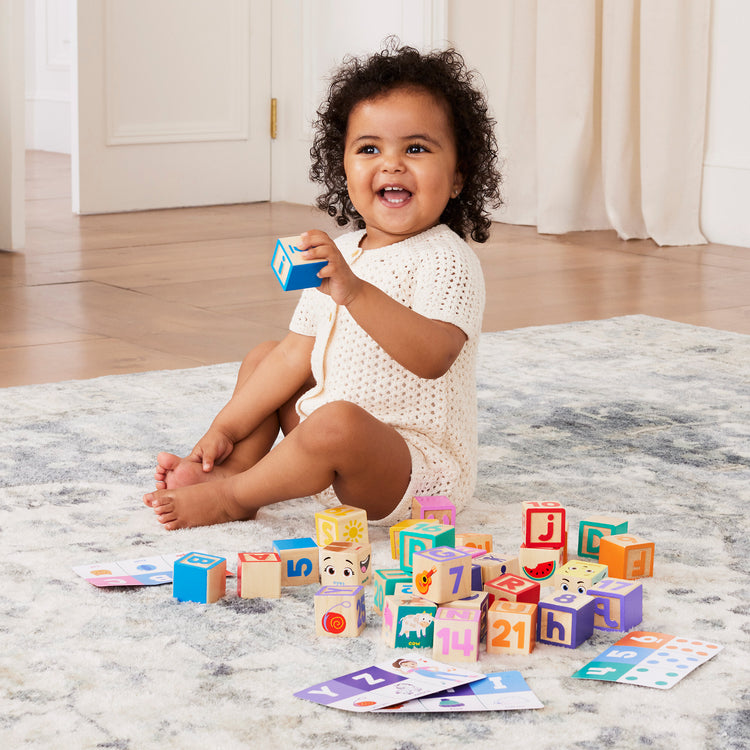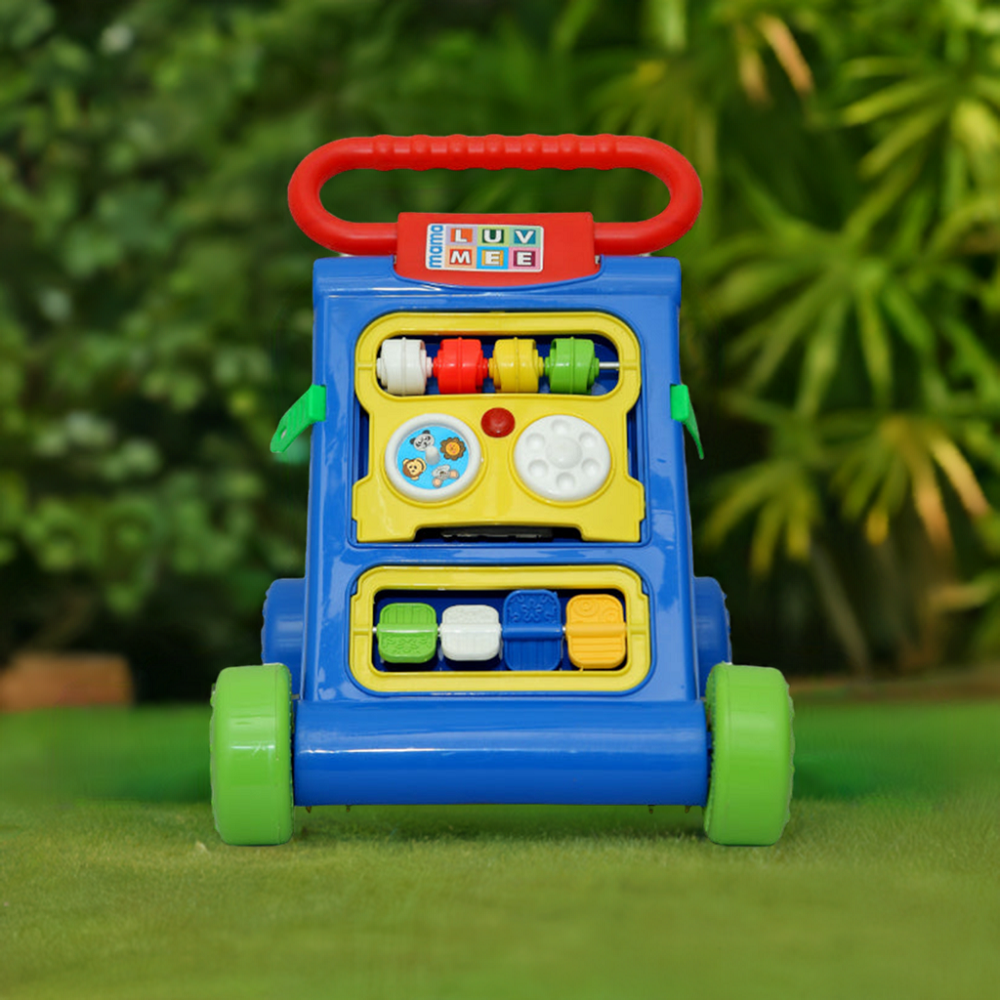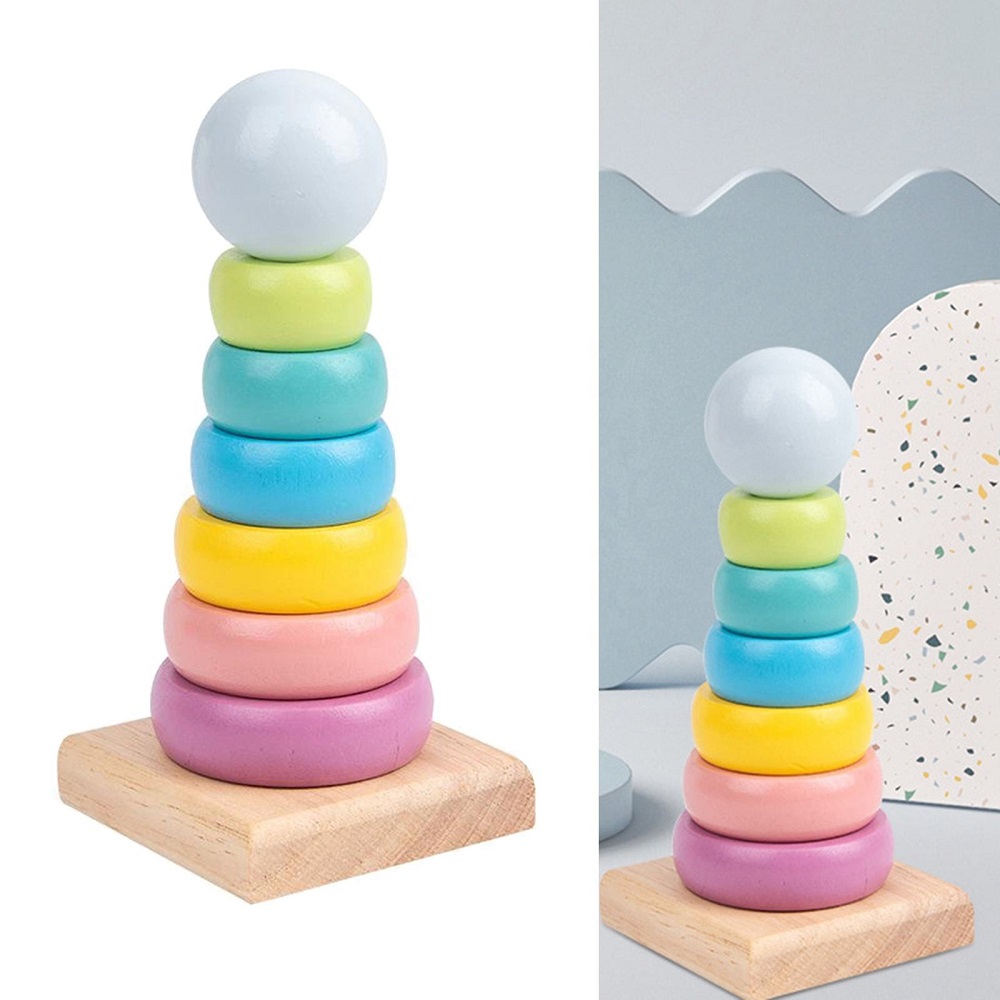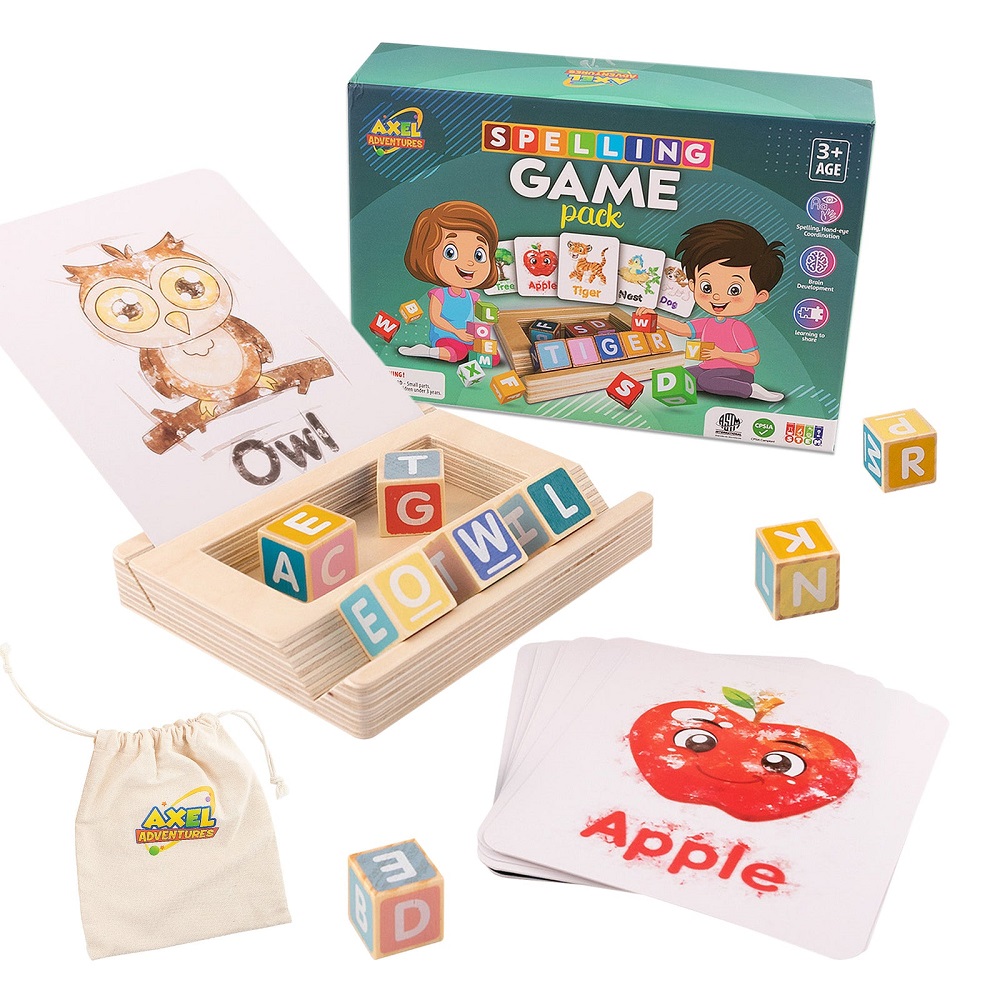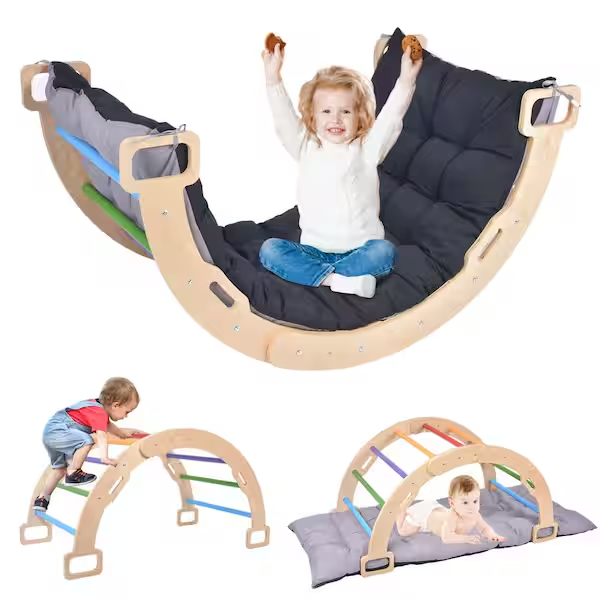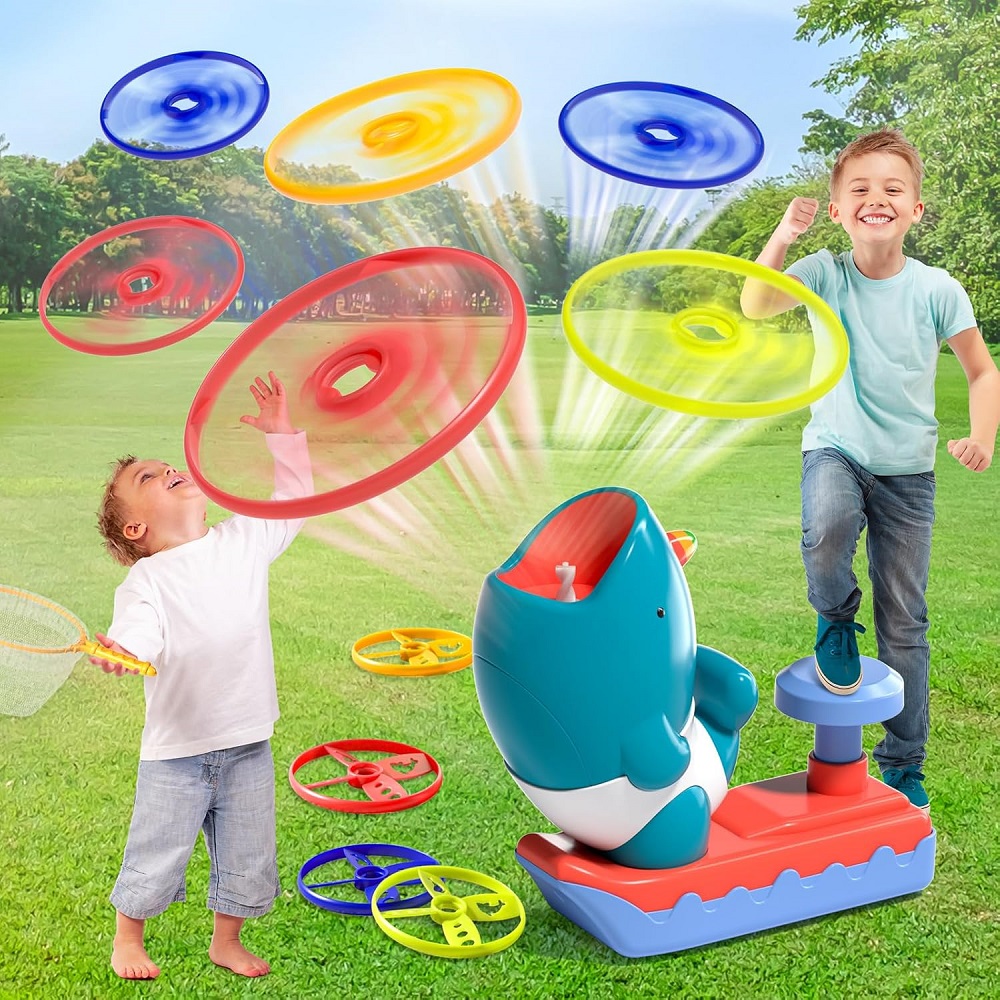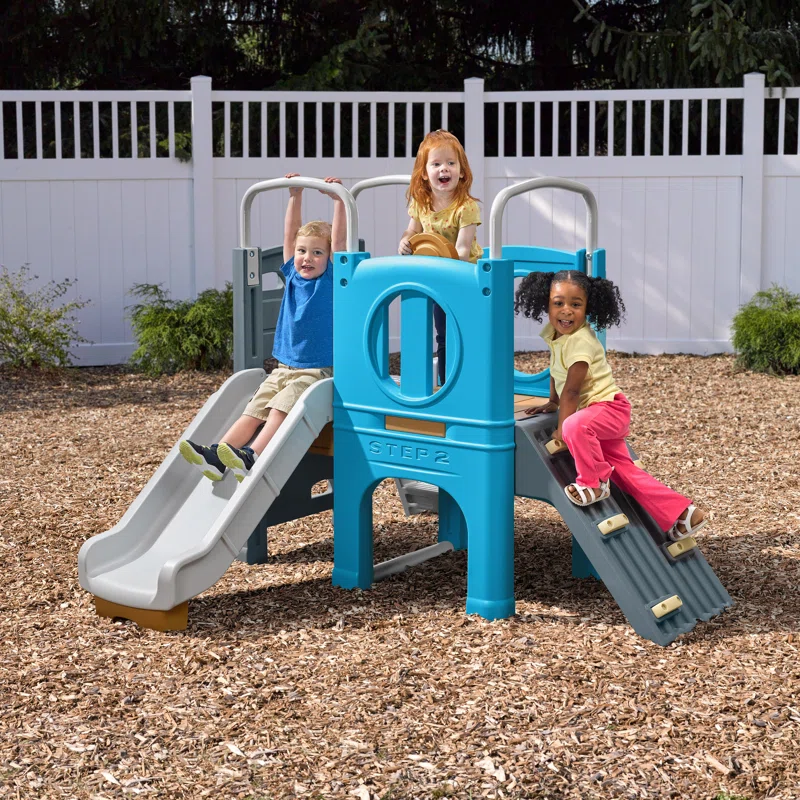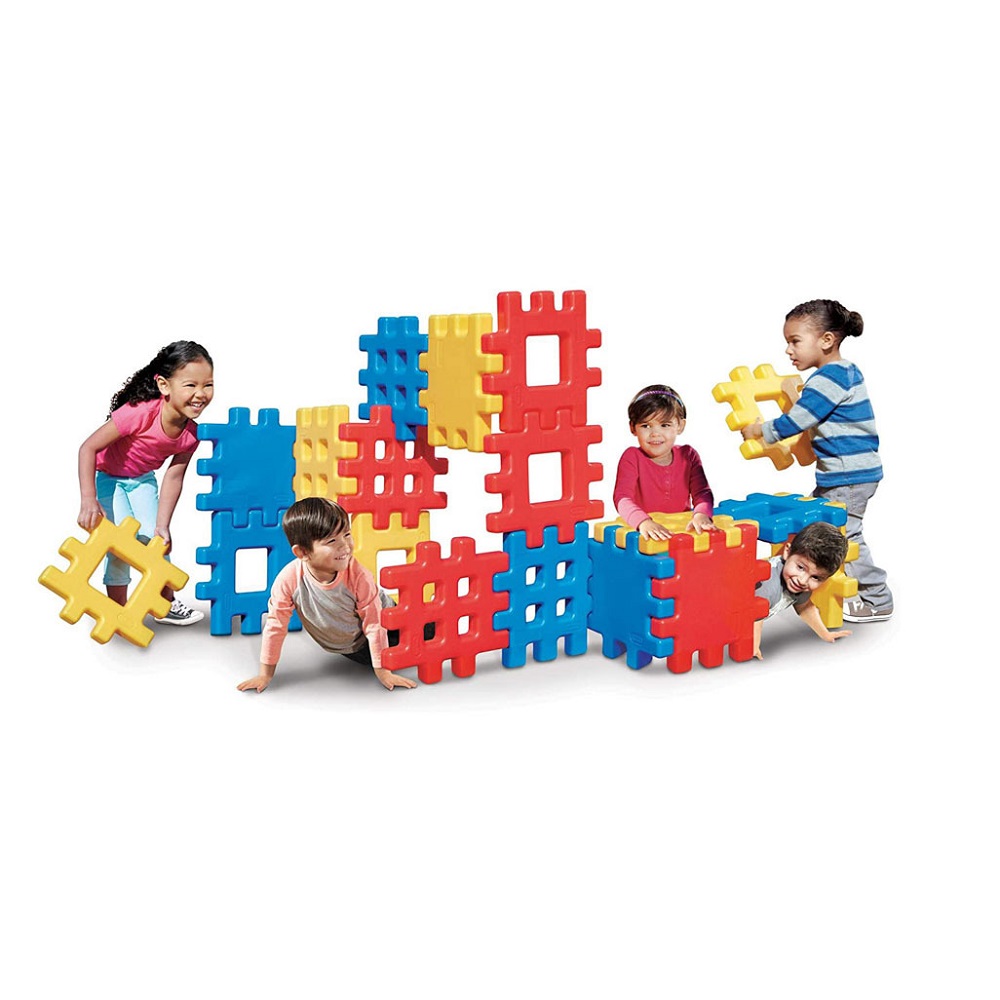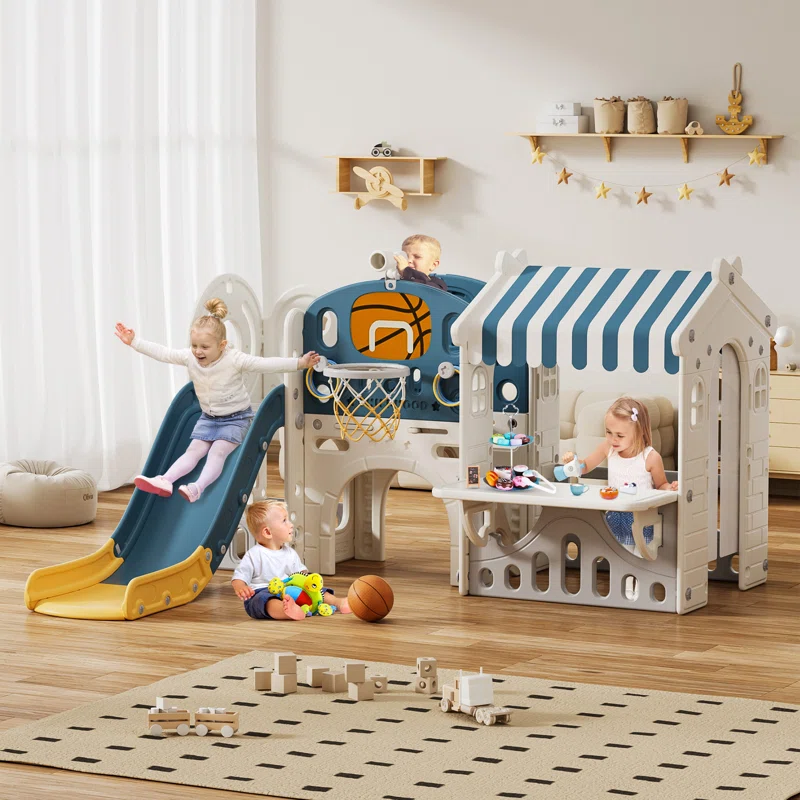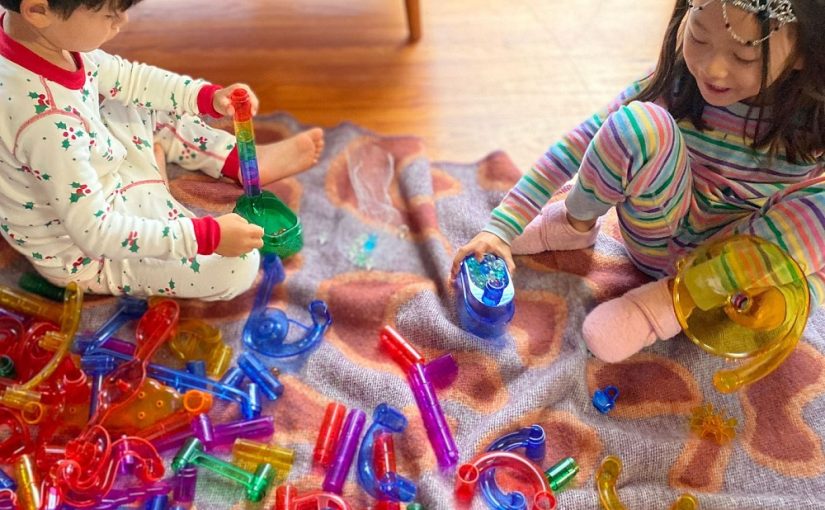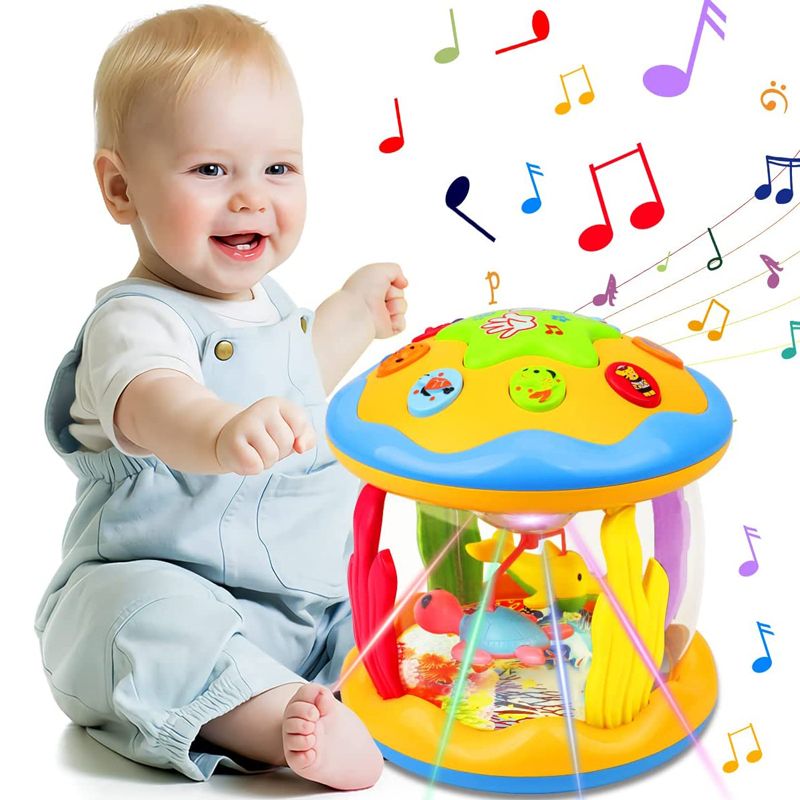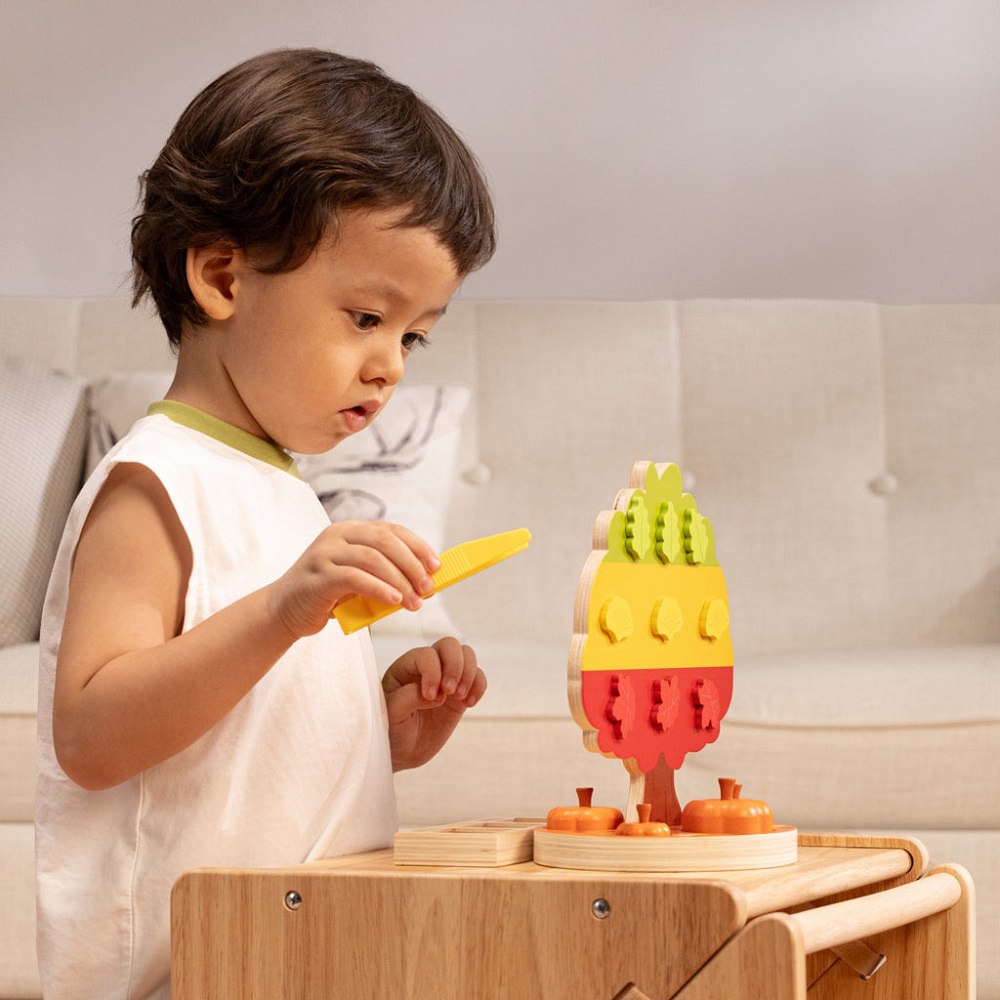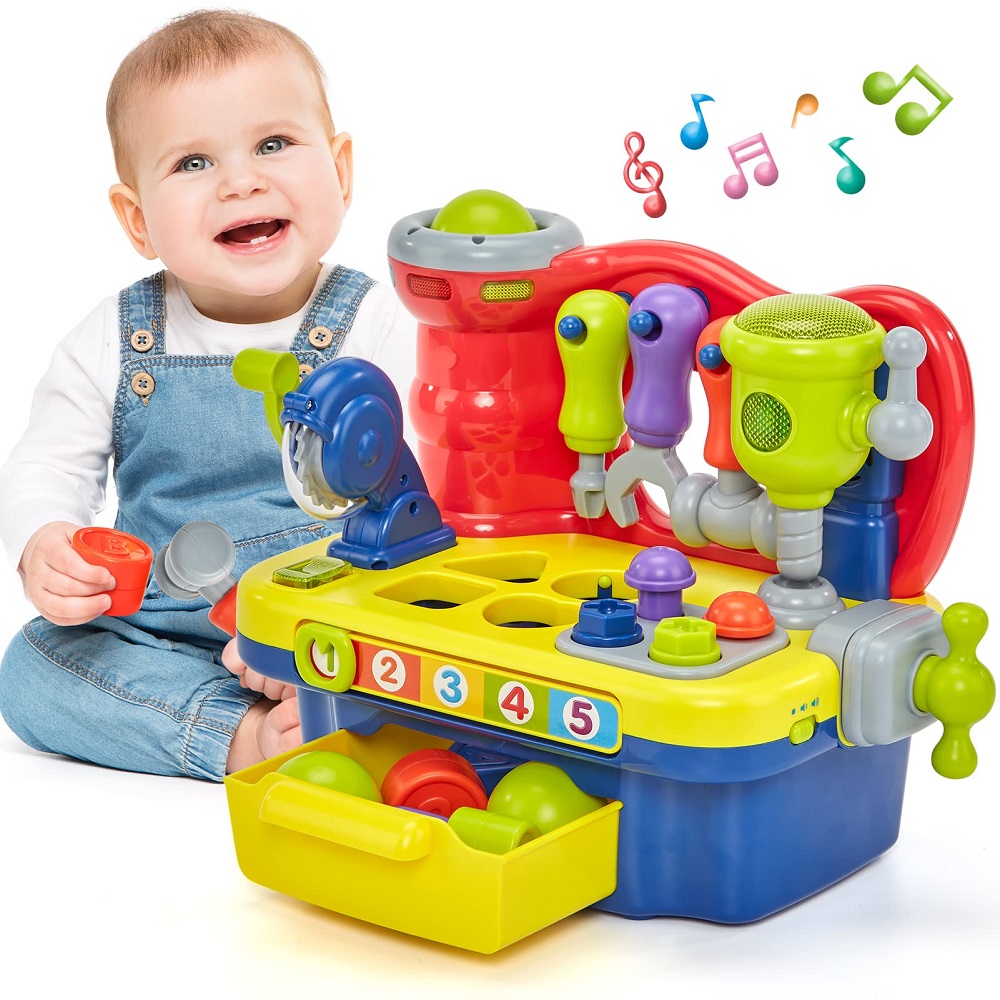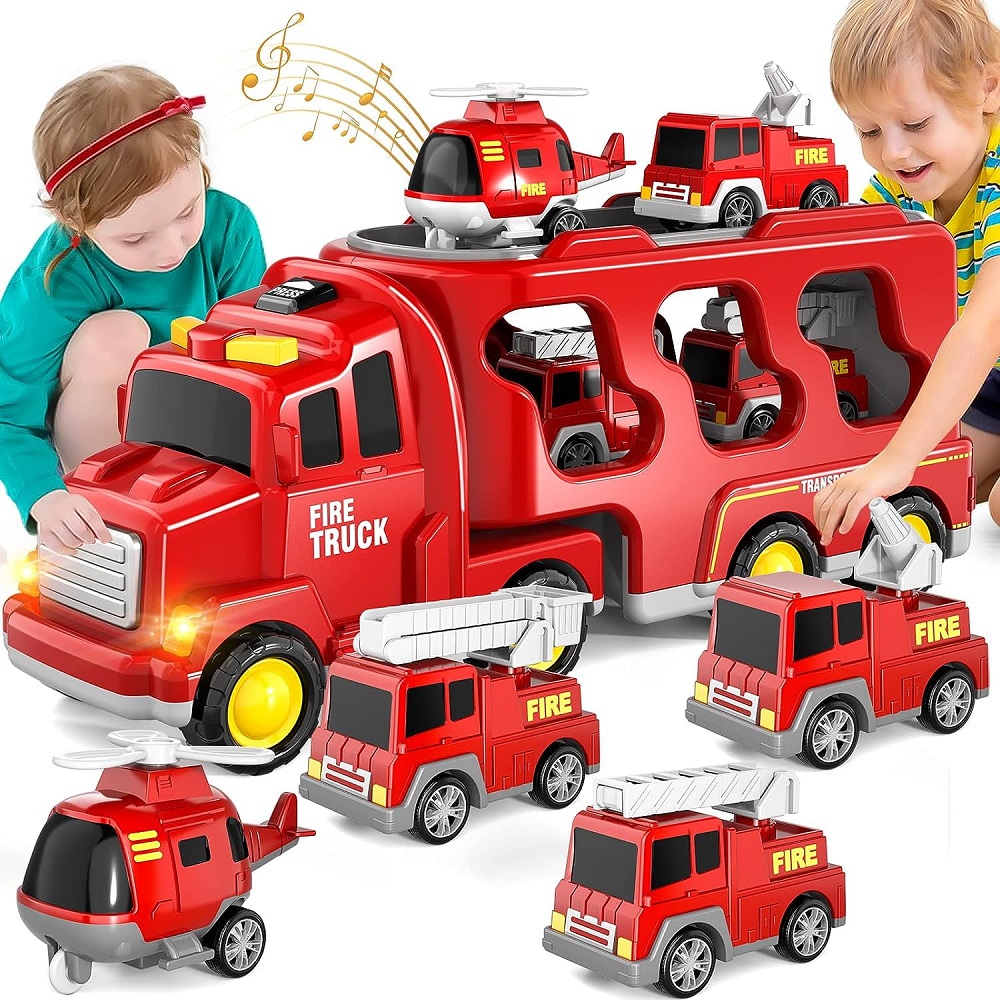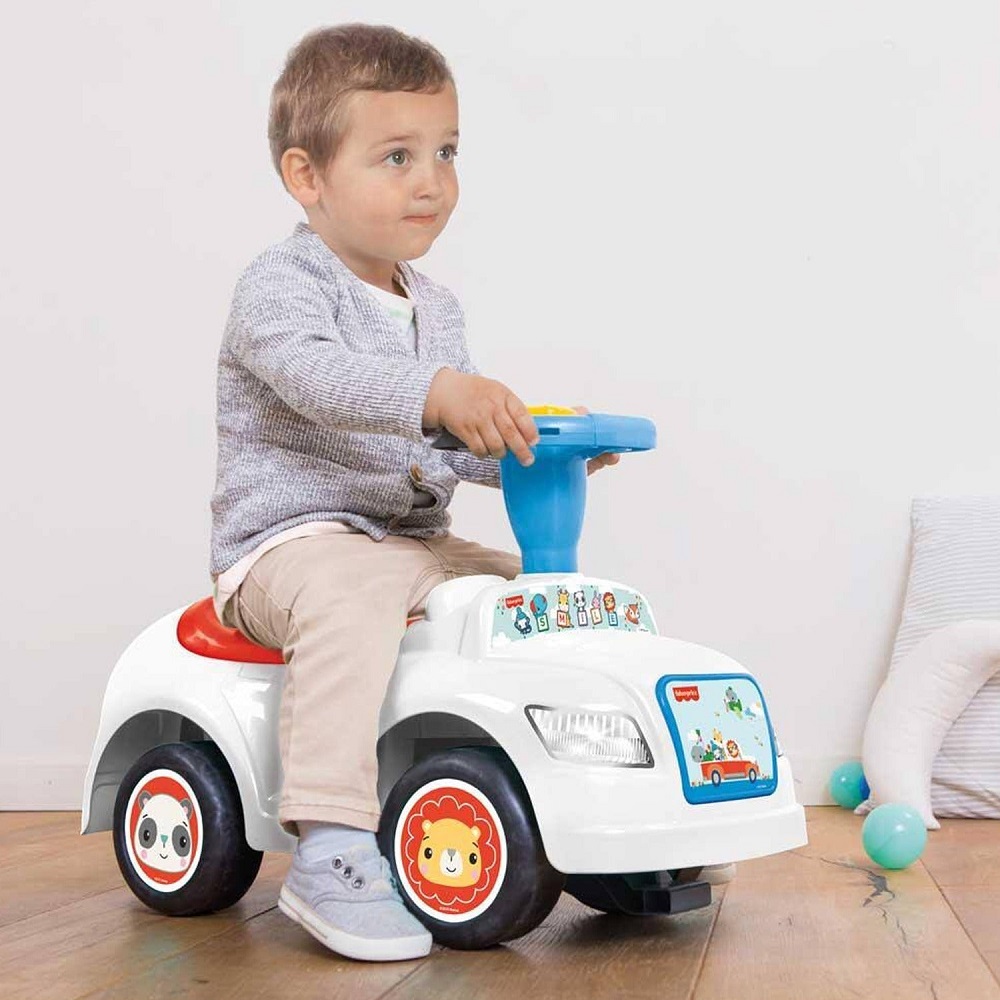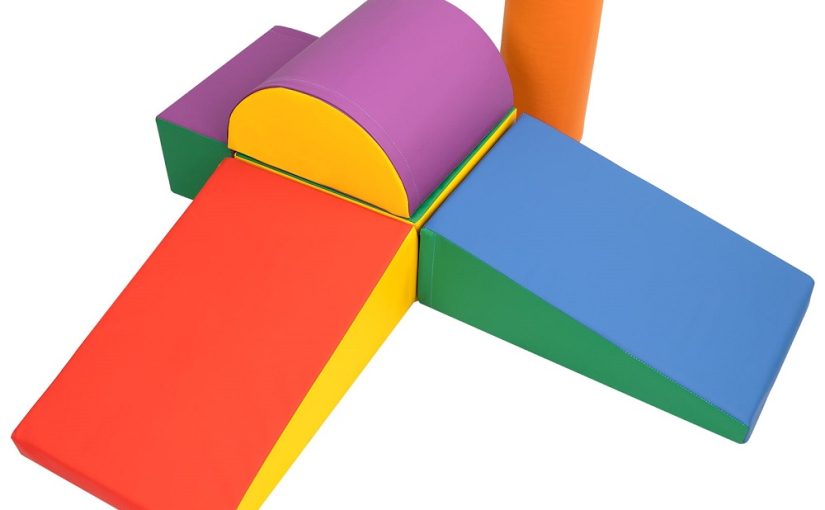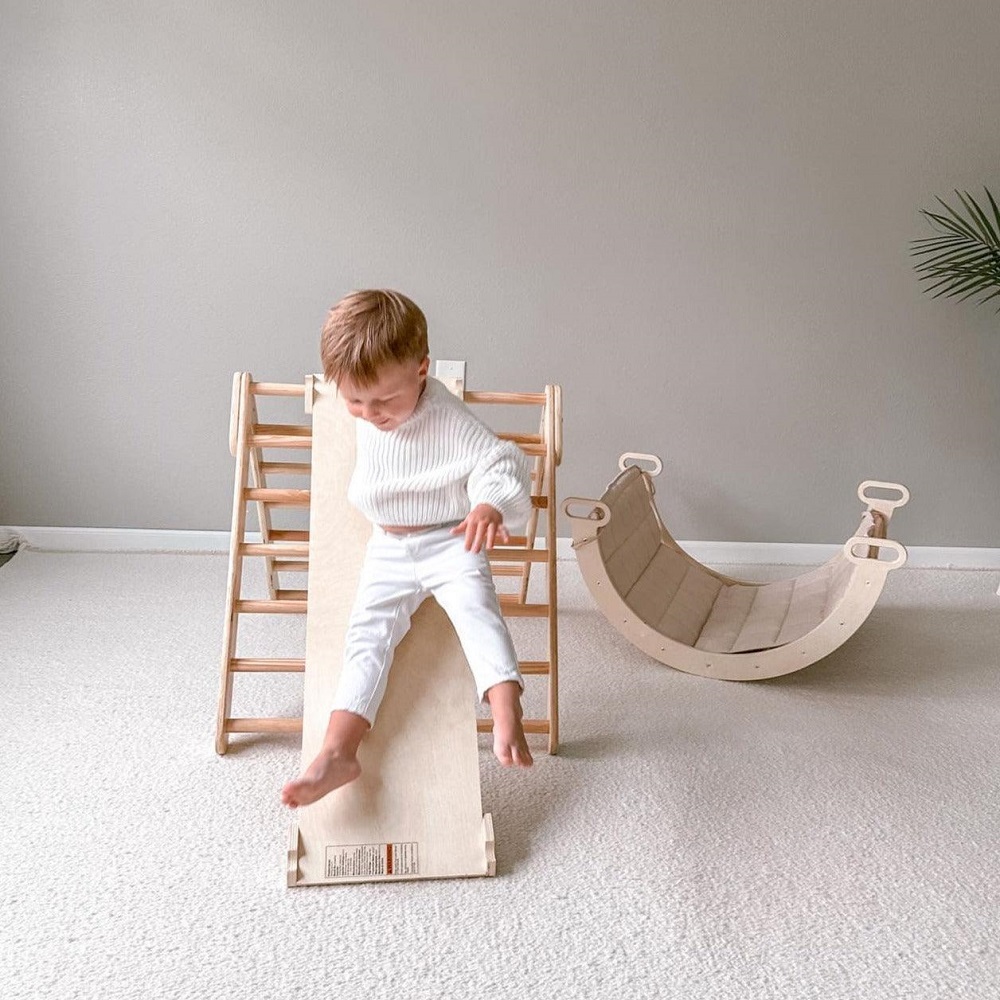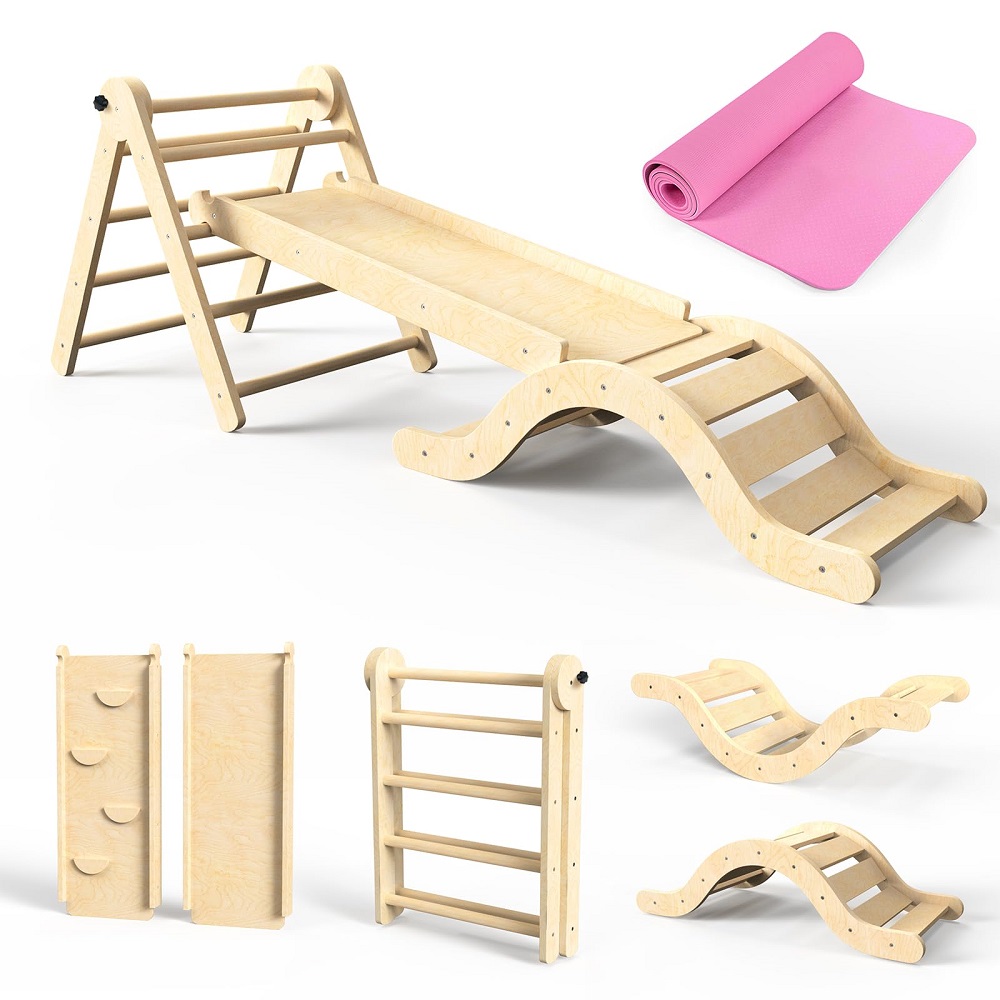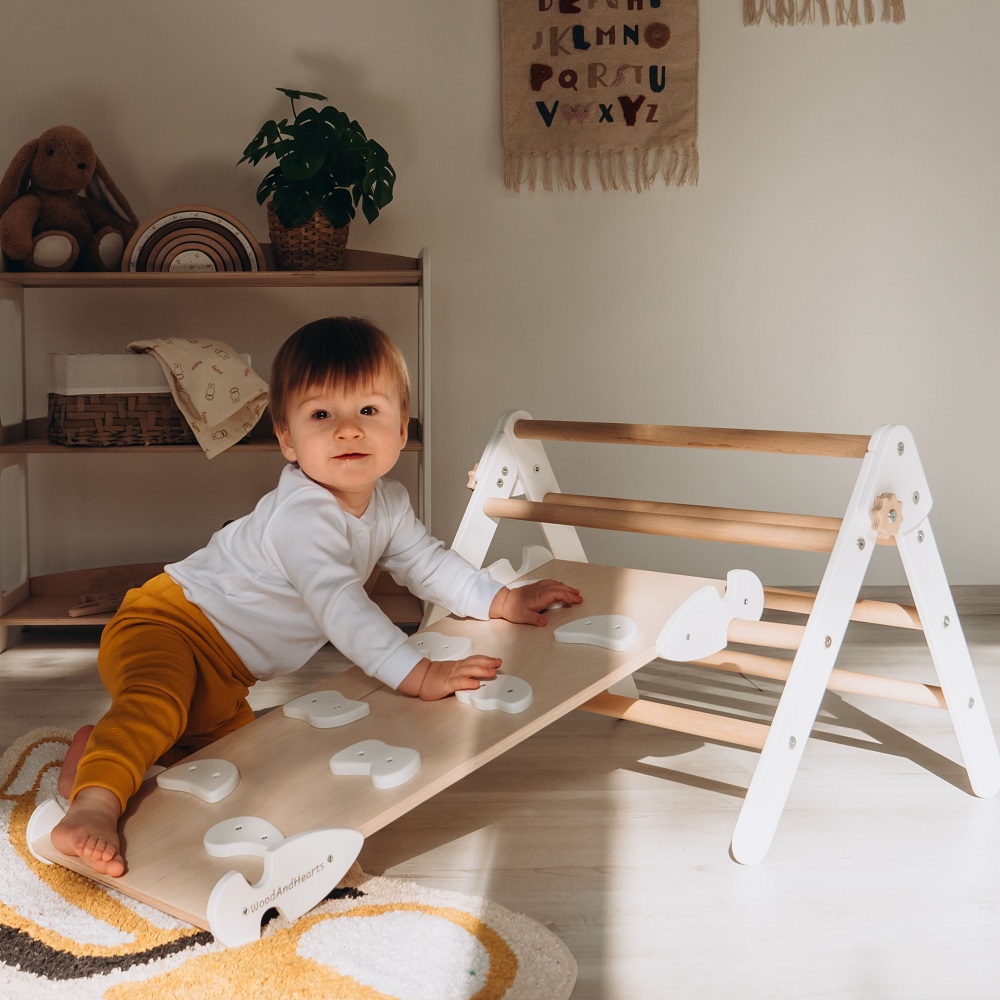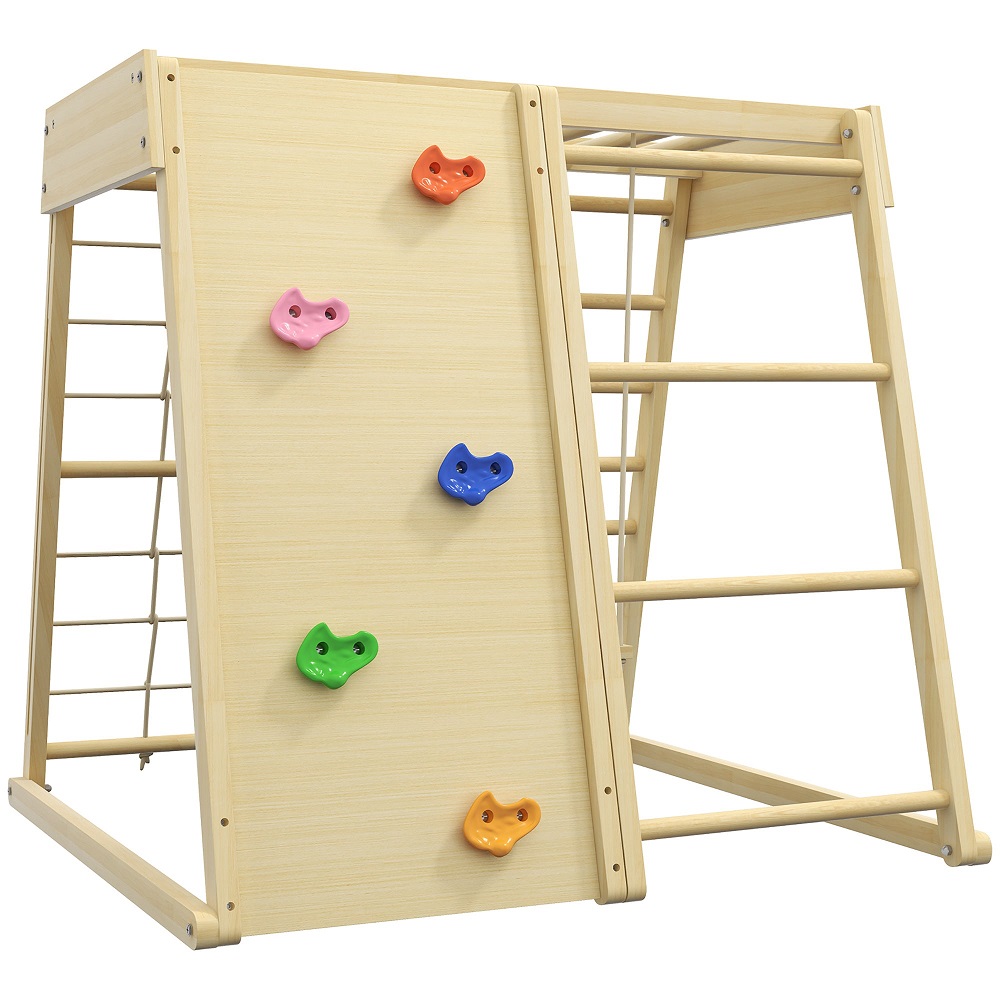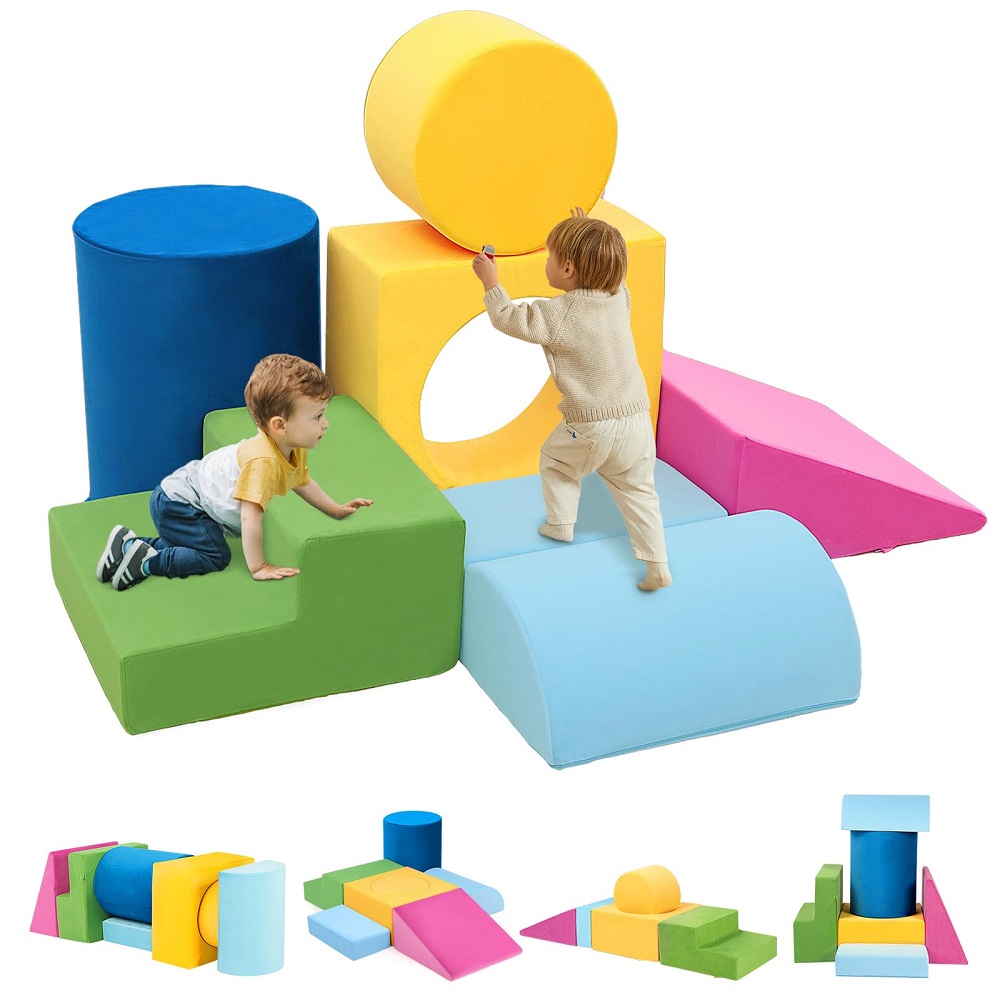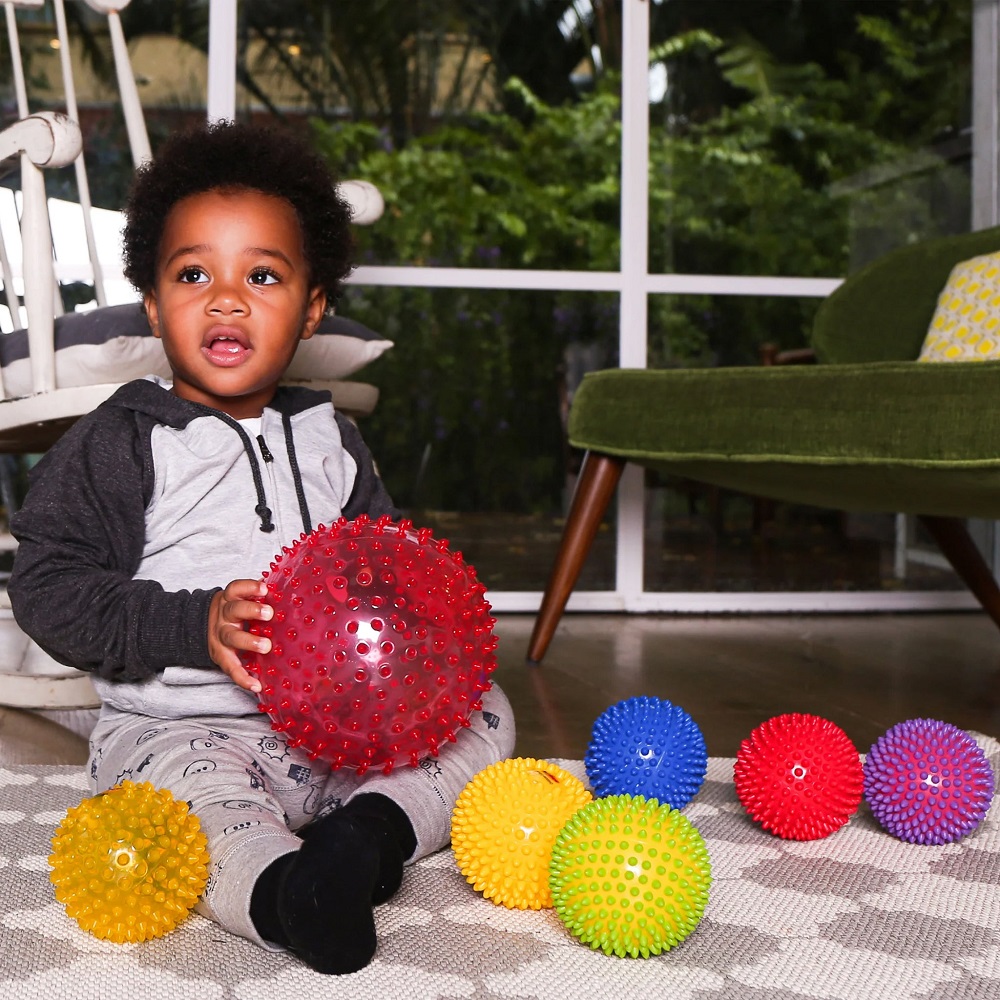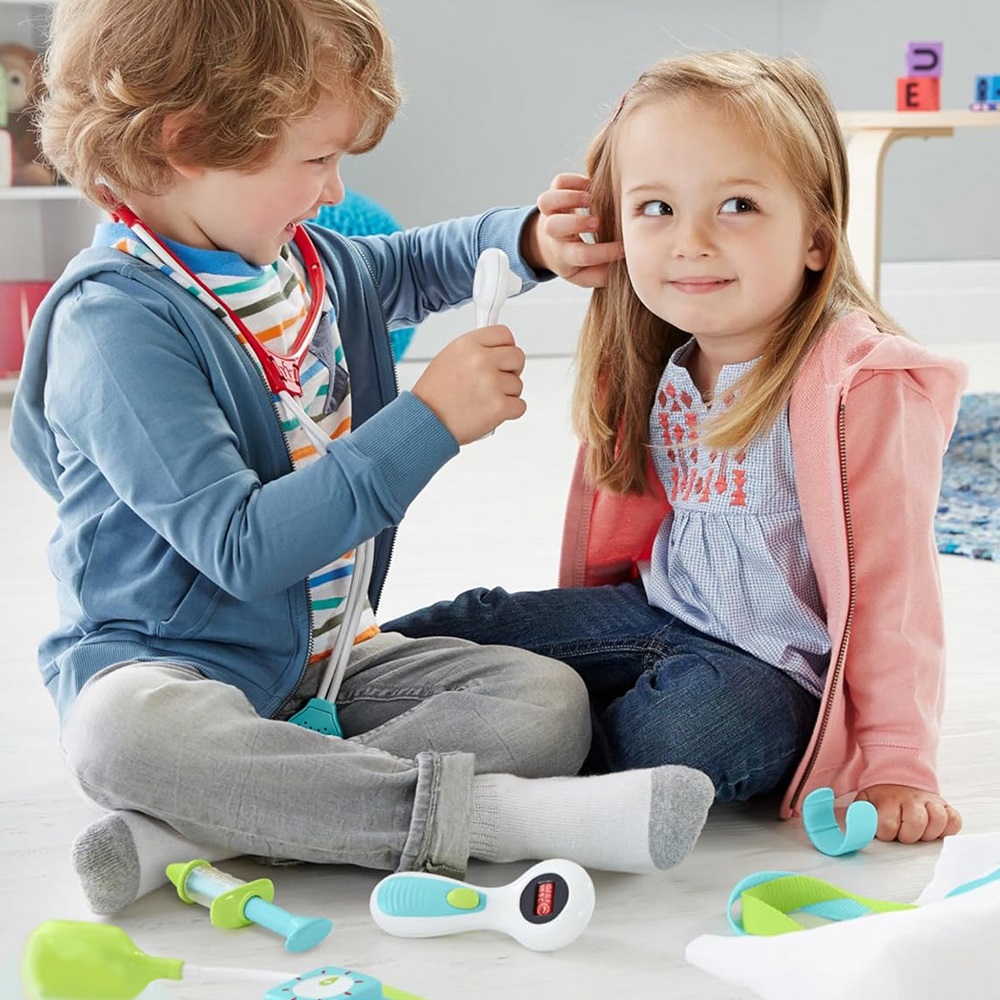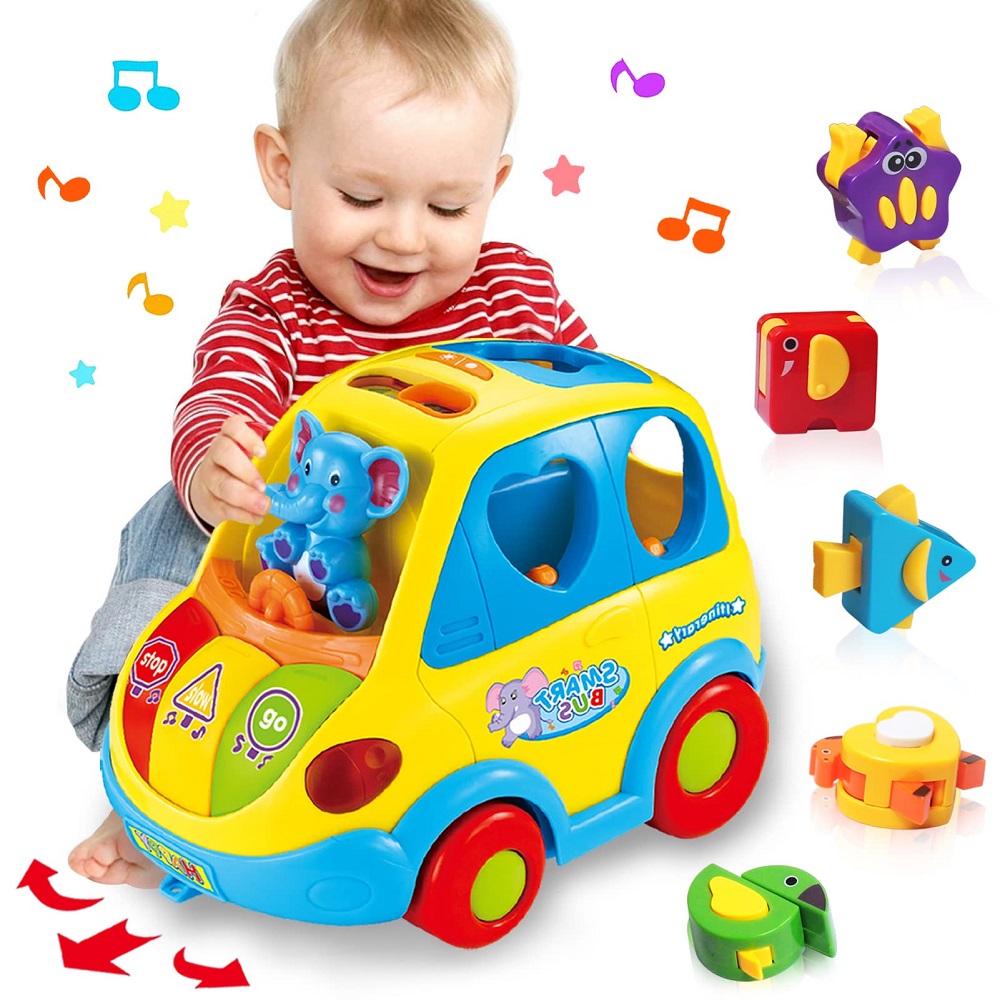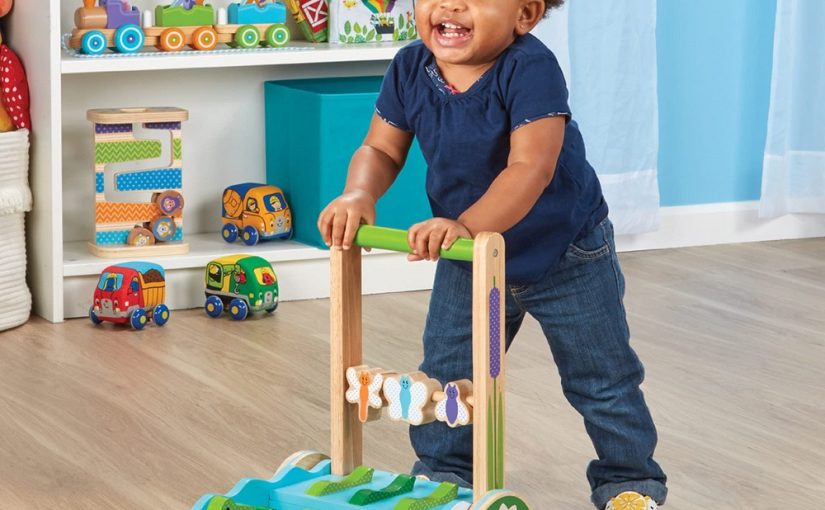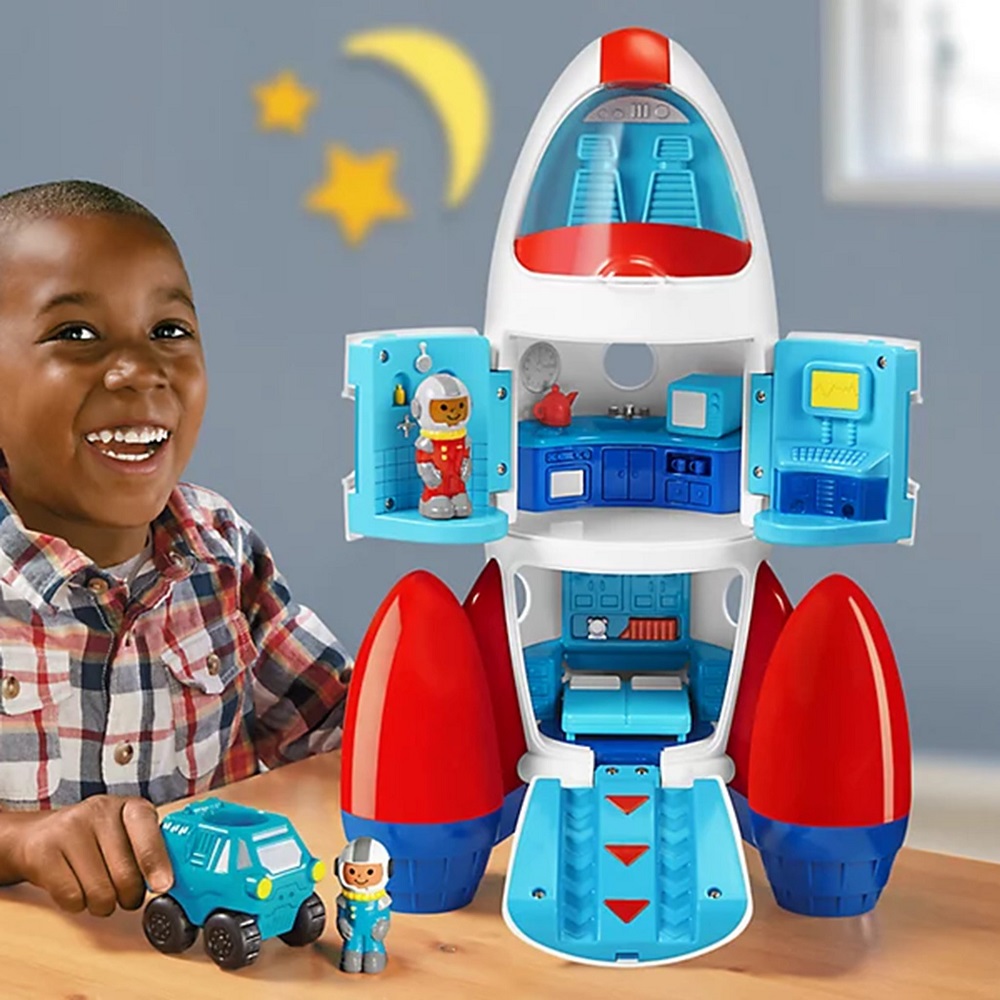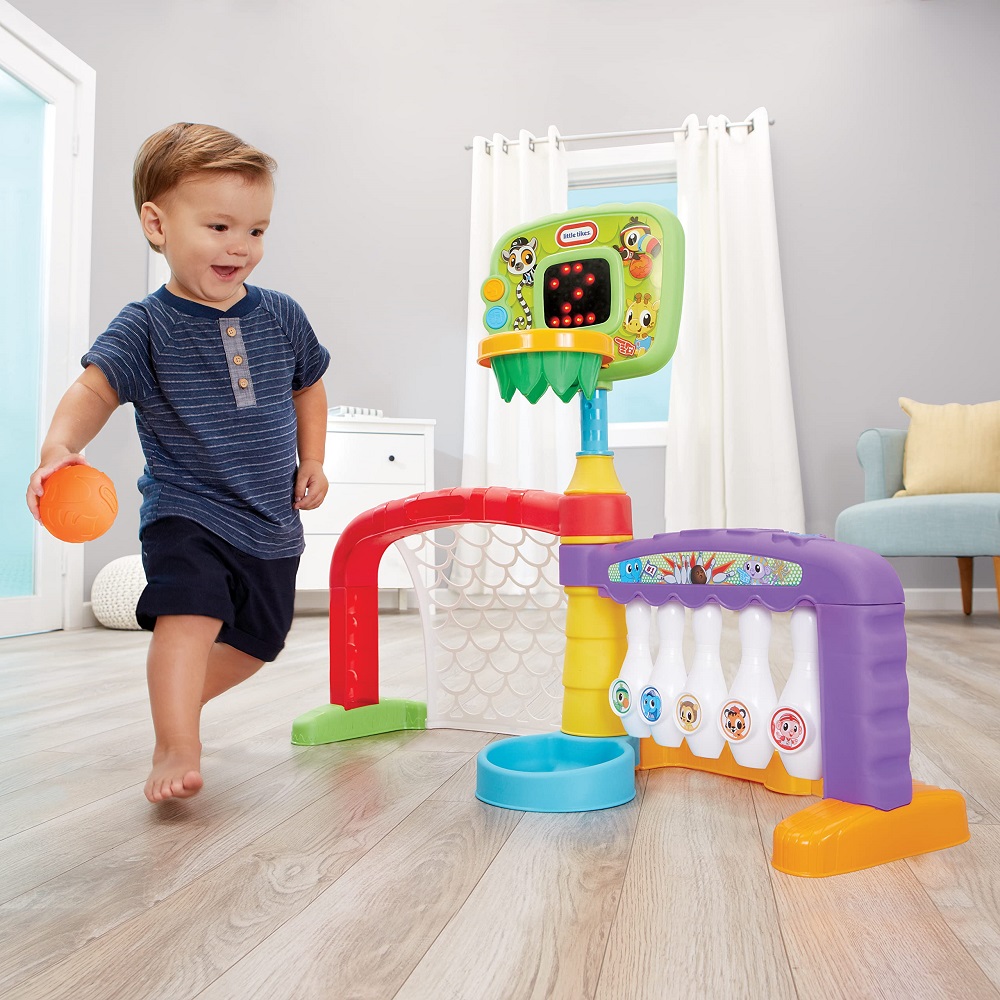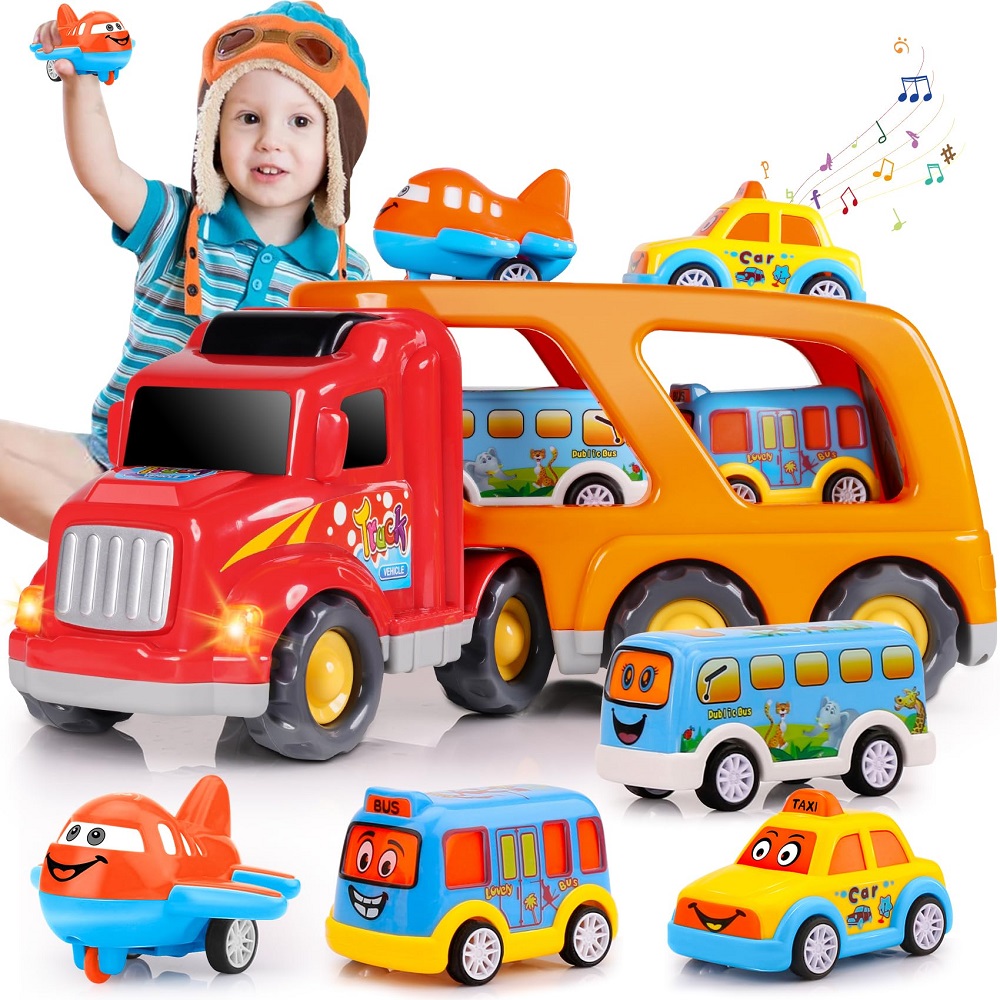Benefits of Choosing the Right Toys for Toddlers
Selecting the best toddler toys for 1-year-old offers many benefits. Toys play a crucial role in a child’s growth. They help toddlers explore their surroundings and develop important life skills. By choosing the right toys, parents can support their child’s early experiences effectively.
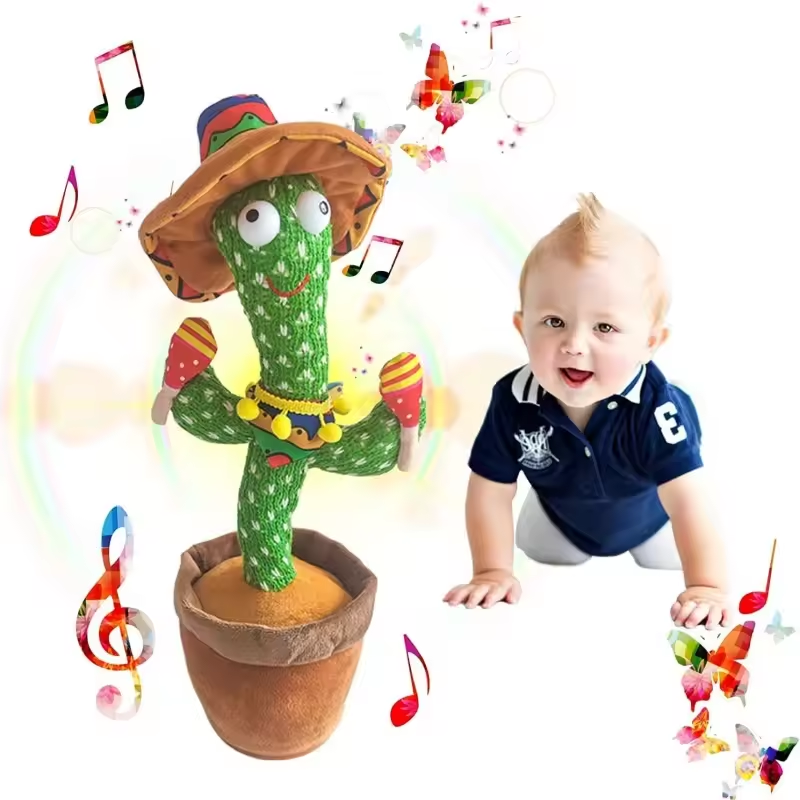
Promotes Cognitive Development
Well-designed toys spark creativity and problem-solving. They encourage kids to think and explore. Simple puzzles, stacking toys, and shape sorters help develop memory and reasoning.
Enhances Motor Skills
Toys that encourage movement improve coordination. Toys like push walkers or balls build strength and balance. Fine motor skills benefit from toys like stacking rings or sensory toys.
Boosts Social Skills
Some toys inspire group play, which helps toddlers bond with others. Playing together cultivates sharing, taking turns, and teamwork. Soft dolls, toy cars, or pretend play sets are excellent choices.
Stimulates Emotional Growth
Toys allow toddlers to express emotions and understand feelings. Role-playing with toys helps them learn empathy. Safe plush toys and pretend tools promote emotional comfort.
Encourages Early Learning
Educational toys prepare kids for school. Toys that teach numbers, letters, or colors are ideal. Musical toys and interactive books make learning fun and engaging.
Choosing effective toys isn’t just fun. It’s a gateway to enhancing a child’s learning and growth.
Developmental Milestones of 1-Year-Olds
Understanding developmental milestones helps in choosing the best toddler toys for 1-year-old. At this age, toddlers grow rapidly and start to develop foundational skills. Here are the key milestones to look for:
Cognitive Development
1-year-olds begin recognizing objects, people, and simple patterns. They may solve basic problems, like picking up toys.
They enjoy exploring cause and effect. Toys like shape sorters spark curiosity and thinking skills.
Motor Skills
Gross motor skills improve as toddlers learn to crawl, stand, and walk. Toys that encourage movement, like push walkers, support this growth.
Fine motor skills, such as grabbing and stacking, start to develop. Toys like stacking rings help practice hand coordination.
Language Development
Toddlers begin to understand simple words and gestures. They might try to imitate sounds.
Interactive toys with sounds, songs, or words can boost early language skills.
Social and Emotional Growth
Toddlers start expressing their feelings and understanding emotions. They may show affection and react to social cues.
Role-play toys, like dolls and pretend-play kits, foster emotional and social connections.
Sensory Exploration
1-year-olds explore textures, colors, and sounds. Sensory toys stimulate these discoveries and enhance learning.
Soft toys or toys with lights and sounds are especially engaging at this stage.
Knowing these milestones helps parents select toys that nurture each area of development. Choose toys that inspire and grow with the child.
Key Features to Look for in Toddler Toys
Choosing the best toddler toys for 1-year-old involves understanding crucial features. These features ensure toys meet developmental needs and provide engaging experiences for toddlers.
Safety First
Safety is the top priority when choosing toys for toddlers. Look for non-toxic materials and smooth edges. Select toys that are sturdy and too large to swallow.
Age-Appropriate Design
Toys should match the abilities of 1-year-olds. Simple designs inspire play without causing frustration. Avoid toys with complex parts or instructions.
Encourage Interaction
Interactive toys spark curiosity and keep toddlers engaged. Choose toys with sounds, lights, or movable features. Toys that react to actions teach cause-and-effect.
Stimulate Development
Look for toys that promote physical and cognitive growth. Stacking toys enhance fine motor skills. Shape sorters improve problem-solving and spatial awareness.
Multi-Sensory Features
Toys with vibrant colors, different textures, and sounds stimulate sensory learning. Variety in sensory input fosters exploration.
Durability and Quality
Select toys built to last. Durable toys withstand rough handling while maintaining functionality. Quality toys remain safe and engaging for a long time.
Easy Maintenance
Opt for toys that are easy to clean, especially for toddlers who mouth objects. This keeps them hygienic and safe for regular use.
Portability
Portable toys are ideal for home and travel. Compact designs allow toddlers to enjoy play anywhere.
These features ensure that your chosen toys provide safe, educational, and enjoyable experiences for 1-year-olds.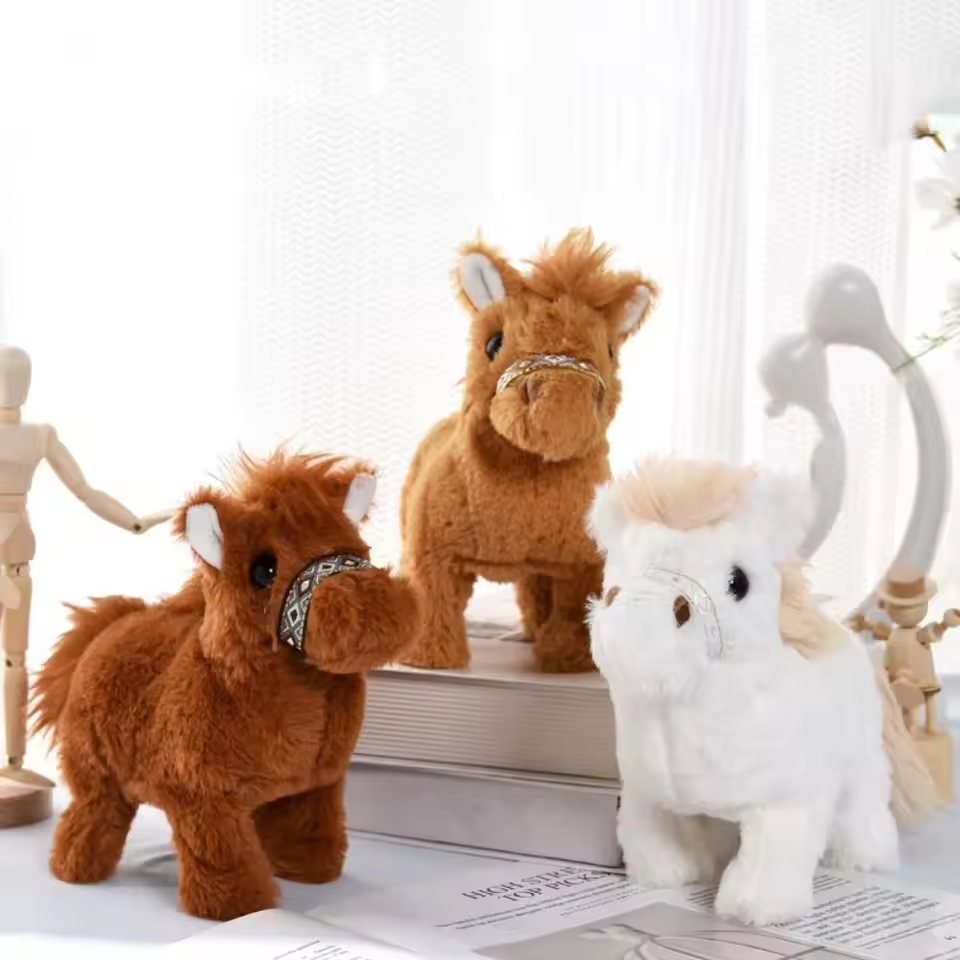
Top Educational Toys for 1-Year-Olds
Educational toys help toddlers learn while they play. They make early learning fun and engaging. Here are some of the best toddler toys for 1-year-old that focus on education:
Shape Sorters
Shape sorters teach toddlers to match shapes. They develop problem-solving and hand-eye coordination. These toys also introduce concepts like size and categorization, making them excellent for early learning.
Stacking Toys
Stacking rings or blocks help improve motor skills. They encourage focus and coordination. These toys also promote creativity as toddlers explore different stacking patterns.
Interactive Musical Toys
Musical toys with buttons, songs, and lights are engaging. They enhance auditory skills and teach cause-and-effect relationships. Singing along to tunes can also boost language development.
Alphabet and Number Blocks
Blocks with letters and numbers introduce basic math and literacy concepts. Toddlers can start recognizing shapes of letters and numbers. These toys grow with the child, evolving from simple stacking to learning sequences.
Busy Boards
Busy boards contain activities like latches, switches, and zippers. They enhance fine motor skills and problem-solving. These boards also keep curious toddlers entertained while they practice real-world skills.
Interactive Books
Books with textures, flaps, or sounds engage toddlers in early reading. They build language skills and encourage curiosity. Interactive books create a strong foundation for future reading habits.
Building Blocks
Building blocks are timeless toys that encourage creativity and spatial awareness. They help toddlers develop motor skills and focus. Blocks are versatile and provide endless possibilities for imaginative play.
These educational toys spark curiosity and create opportunities for toddlers to learn through play. They support growth in key areas, such as cognitive, motor, and language skills.
Sensory Toys that Stimulate Early Learning
Sensory toys are perfect for enhancing a toddler’s development. They engage different senses like touch, sight, and sound. These toys create fun, interactive learning experiences and foster curiosity.
Textured Toys
Textured toys introduce toddlers to new sensations. Soft, rough, or bumpy textures spark exploration. They stimulate a child’s sense of touch and help with sensory processing.
Examples include: sensory balls, textured blocks, or crinkle fabric toys.
Toys with Lights and Sounds
Light-up toys grab a toddler’s attention immediately. They develop visual tracking and auditory skills. Toys with buttons and sounds encourage cause-and-effect learning.
Examples include: interactive soundboards, musical toys, and light-up stacking rings.
Water Play Toys
Water toys bring sensory play into bath time. They improve hand-eye coordination and fine motor skills. Toddlers enjoy splashing, squeezing, and pouring water.
Examples include: floating animals, squirt toys, and stacking cups with holes.
Sensory Mats
Sensory mats provide varied textures and colors. Crawling or walking on these mats improves coordination. They also encourage visual and tactile exploration.
Examples include: foam play mats or soft textured rugs.
Toys with Moving Parts
Toys with movable features keep toddlers engaged. Sliding, spinning, or turning parts build their hand strength and fine motor skills.
Examples include: busy boards, gears, or activity cubes.
Soft and Noisy Toys
Soft toys with embedded noise elements engage multiple senses. These toys stimulate touch and hearing. Safe plush toys with rattles are gentle and comforting.
Examples include: rattle toys, squeaky stuffed animals, or crinkle books.
Sensory toys turn everyday play into meaningful learning. They make discovery exciting while supporting vital developmental skills.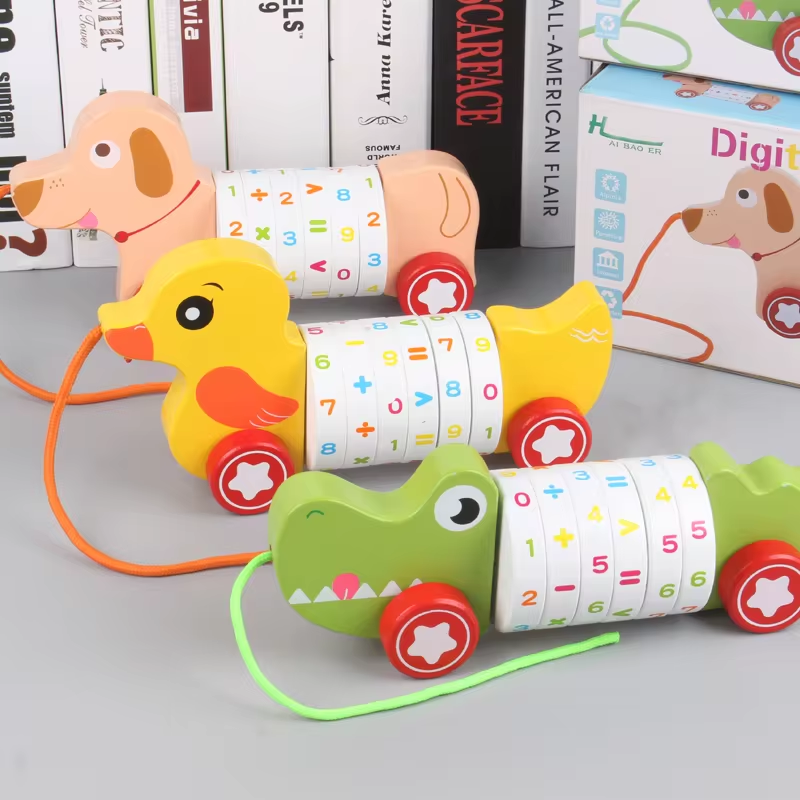
Toys that Encourage Physical Activity and Coordination
Toys that promote physical activity are essential for a toddler’s growth. They help improve motor skills and overall coordination. These toys also build strength, balance, and confidence through engaging play.
Push Walkers
Push walkers support toddlers learning to walk. They encourage movement and improve leg strength. These toys also help develop balance and stability as toddlers explore their surroundings.
Ride-On Toys
Ride-on toys provide fun and mobility. They improve coordination as toddlers learn to steer and move. These toys also enhance gross motor skills through active play.
Balls
Balls are versatile for physical play. Rolling, throwing, or kicking enhances hand-eye coordination. Playing with balls also builds upper and lower body strength.
Crawl Tunnels
Crawl tunnels inspire active exploration. Crawling through tunnels improves strength and coordination. They also encourage imaginative play and sensory experiences.
Pop-Up Tents
Pop-up tents offer physical movement combined with creative fun. Toddlers crawl or climb in and out, improving gross motor skills. These toys create a space for active and engaging play.
Rocking Toys
Rocking toys, like rocking horses, develop balance and leg strength. They also improve body awareness. The rhythmic motion helps toddlers refine their coordination.
Physical activity toys are vital for helping toddlers build strength and coordination. Choose age-appropriate options to make play safe and enjoyable.
Durable and Safe Toys for Toddlers
Durability and safety are key priorities when choosing toys for 1-year-olds. Toddlers explore actively, so toys must withstand heavy usage while remaining secure. Thoughtful selection can help parents provide reliable and enjoyable play experiences.
Importance of Durable Toys
Durable toys last through wear and tear. Sturdy toys can endure dropping, chewing, and pulling. They save money in the long run as they don’t require frequent replacement. Longevity ensures toddlers can enjoy their favorite toys over a longer period.
Materials and Build Quality
Choose toys made from high-quality, non-toxic materials like wood or BPA-free plastic. Ensure the surface is smooth and free from sharp edges. Heavy-duty construction prevents toys from breaking into small, hazardous pieces.
Size Considerations
Toys should be large enough to avoid choking risks. For toddlers, avoid tiny parts that can be swallowed.
Safety Certifications
Look for toys with safety certifications, such as ASTM or CE. These standards guarantee compliance with safety regulations. Toys meeting these certifications are tested rigorously for reliability.
Simple Design
Select toys with easy-to-use designs. Avoid toys with overly complex mechanisms that could harm fingers. Simple designs ensure children don’t feel frustrated during play.
Durable and safe toys are the foundation of secure play for toddlers. By prioritizing quality and safety features, parents can support their toddler’s growth confidently.
Budget-Friendly Options for Toddler Toys
Finding affordable toys doesn’t mean sacrificing quality or educational value. The best toddler toys for 1-year-old should remain safe, engaging, and developmentally appropriate without exceeding your budget. Here are some tips and recommendations for choosing budget-friendly options:
Look for Versatility
- Seek toys with multiple uses that grow with your child.
- Examples include stacking blocks, shape sorters, and activity cubes, which offer endless play possibilities.
DIY and Homemade Toys
- Create homemade toys using household items.
- Empty boxes, plastic containers, and wooden spoons encourage creative exploration and play.
- DIY sensory bags filled with rice, beans, or soft fabric can entertain and educate toddlers.
Shop During Sales
- Look for sales and discounts during holiday seasons or clearance periods.
- Check online stores and local retailers for deals on high-quality best toddler toys 1-year-old.
Second-Hand Options
- Explore thrift stores, garage sales, or online marketplaces for gently used best toddler toys 1-year-old.
- Ensure they meet safety standards and are in good condition before purchase.
Affordable Yet Reliable Brands
- Opt for brands known for quality and affordability.
- Affordable brands often provide sturdy, educational toys without hefty price tags.
Focus on Essentials
- Prioritize toys that support key developmental milestones, like motor skills, problem-solving, or sensory exploration.
- Simple puzzles, nesting toys, or textured balls are often budget-friendly and effective.
Subscription Services
- Consider toy subscription services that rotate toys monthly.
- These services save money by reducing the need for frequent purchases.
Use Everyday Items for Play
- Everyday objects like measuring cups or Tupperware can substitute for traditional toys.
- These items engage toddlers and support imaginative play without costing extra.
Choosing budget-friendly toys is about creativity and smart shopping. Affordable toys can still inspire learning, curiosity, and fun for your 1-year-old.
